Harnessing the Future with Best Molded Case Circuit Breakers in 2025 Industry Trends
As we approach 2025, the electrical industry is witnessing a significant transformation, particularly in the realm of circuit protection. Molded Case Circuit Breakers (MCCBs) have emerged as essential components, responding to the growing need for efficiency, safety, and sustainability in electrical systems.
According to a recent report by ResearchAndMarkets, the global MCCB market is expected to grow at a CAGR of over 7% from 2022 to 2027, fueled by advancements in technology and increasing investments in infrastructure. This upward trend is driven by the demand for reliable power distribution solutions across various sectors, including renewable energy, commercial buildings, and industrial applications.
As we delve into the top strategies for harnessing this growth, it is imperative to focus on innovative products, enhanced features, and industry best practices that ensure optimal performance of Molded Case Circuit Breakers in a rapidly evolving market.
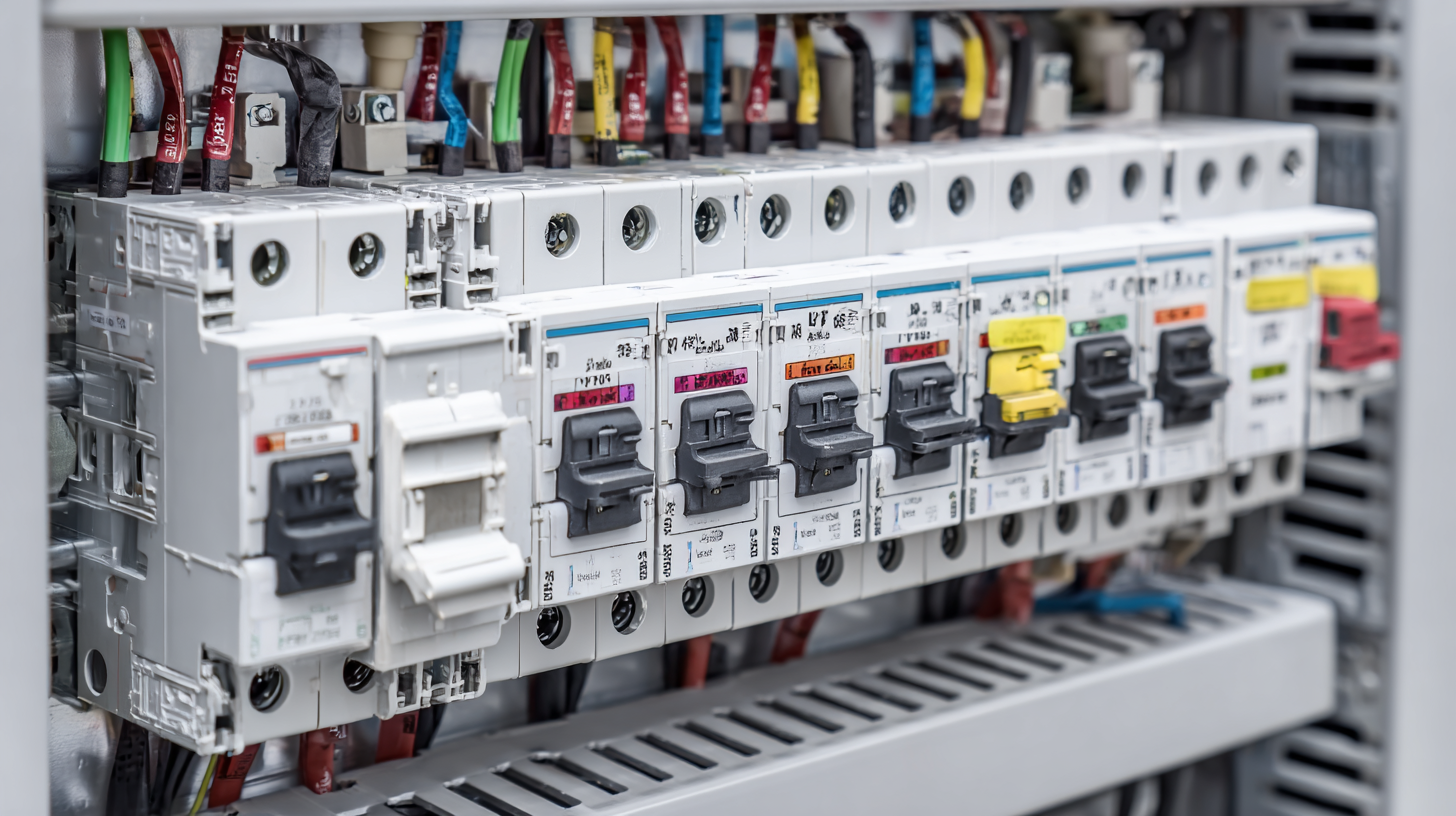
The Evolution of Molded Case Circuit Breakers: Key Innovations in 2025
Molded Case Circuit Breakers (MCCBs) have undergone significant innovations that highlight the evolution of this vital electrical component. As we move into 2025, advancements in technology will redefine how MCCBs are designed and utilized. These innovations include enhanced connectivity features that enable real-time monitoring and diagnostics, allowing for proactive maintenance and minimizing downtime. Furthermore, the integration of smart sensors within MCCBs is set to improve performance reliability, ensuring systems operate efficiently under varying loads.
Tips for selecting the best MCCB for your application include assessing your electrical load requirements and understanding the environmental conditions where the breaker will be installed. Opting for models with built-in communication capabilities can provide additional value, enabling seamless integration with existing smart grid systems. Another important factor is the certification of the breaker; ensure it complies with industry standards to guarantee safety and reliability.
Additionally, consider the future scalability of your electrical system. Investing in MCCBs that offer flexibility for upgrades and expansions will not only prepare your infrastructure for upcoming shifts in technology but also enhance energy efficiency in the long run. By staying informed about industry trends and developments, companies can harness the full potential of MCCBs and gradually shift towards smarter, more efficient power management solutions.
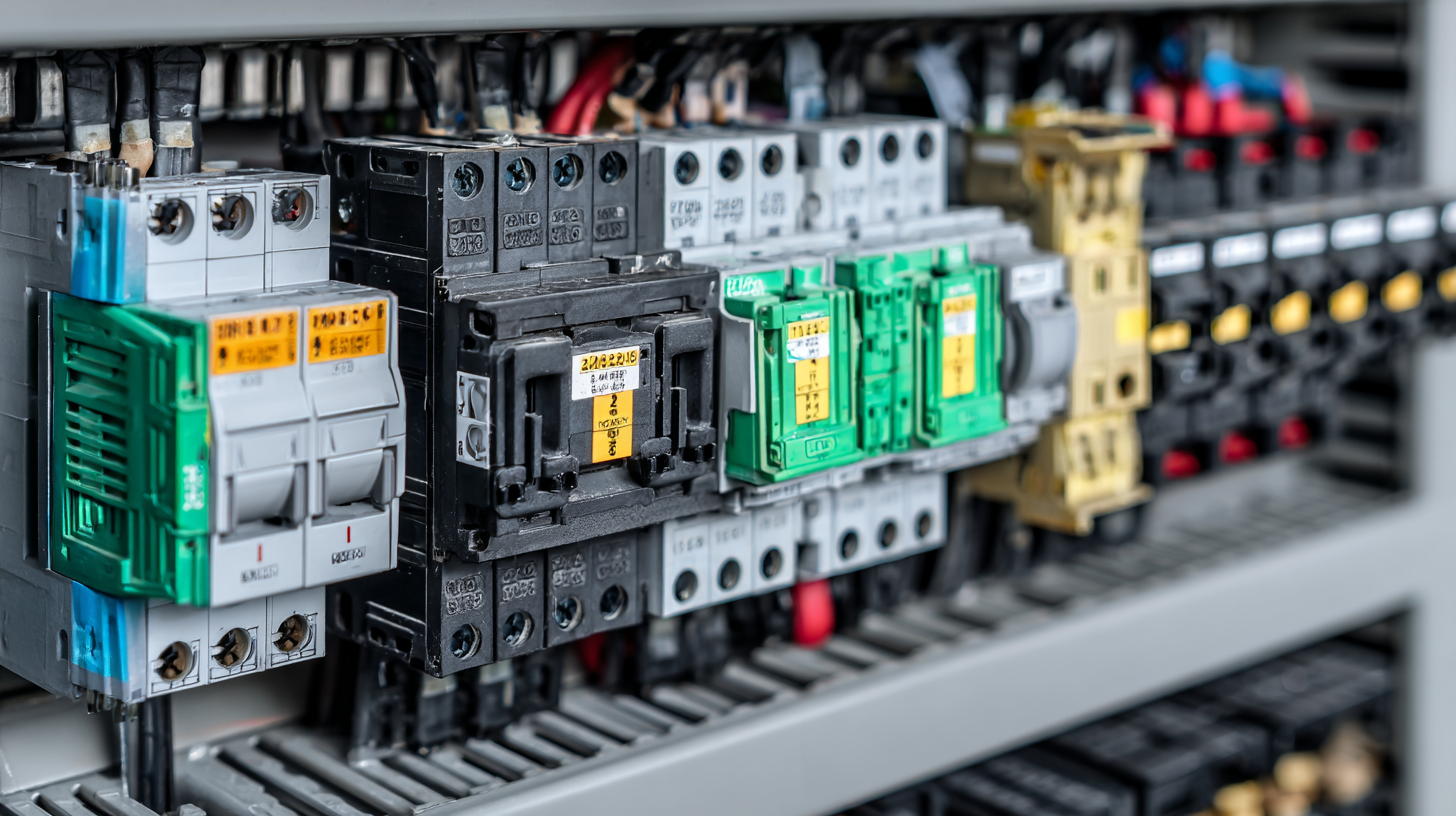
Identifying Common Issues in Molded Case Circuit Breakers and Their Solutions
Molded Case Circuit Breakers (MCCBs) play a crucial role in electrical systems, yet they are not without their challenges. Common issues such as nuisance tripping, overheating, and improper settings can disrupt operations and compromise safety. Nuisance tripping often occurs due to transient overloads or environmental factors, which can be mitigated by selecting MCCBs with adjustable trip settings and better tolerances to such conditions.
Regular maintenance and testing can also identify potential issues before they escalate.
Another prevalent problem is overheating, which usually stems from poor connections, inadequate wire sizes, or malfunctioning components within the MCCB. To address this, it is essential to ensure that all connections are secure and that the circuit is not overloaded beyond its rated capacity. Utilizing thermal imaging technologies can provide insights into hot spots and help in preventive maintenance practices, ultimately extending the life of the breaker.
To tackle improper settings, circuit breakers must be correctly calibrated according to the specific application requirements. Many facilities benefit from consulting with electrical engineers to perform an in-depth assessment of their systems. This proactive approach not only optimizes performance but also enhances overall safety, ensuring that the harnessing of electrical energy continues reliably into the future.
The Role of Smart Technology in Enhancing Circuit Breaker Efficiency
As we look towards 2025, the integration of smart technology into molded case circuit breakers (MCCBs) is set to transform the electrical landscape. The traditional functionality of circuit breakers is being redefined by smart features that allow for real-time monitoring and improved response times. By incorporating IoT capabilities, these advanced breakers can communicate data about energy usage, fault detection, and operational efficiency to centralized management systems, providing a level of insight previously unattainable. This not only enhances safety but also augments predictive maintenance strategies, minimizing downtime and costly repairs.
Furthermore, smart technology empowers users to optimize energy consumption patterns. With features such as remote access and smart alerts, facility managers can adjust settings and identify inefficiencies from anywhere, promoting a more proactive approach to energy management. These innovations not only contribute to operational efficiency but also align with sustainability goals, as organizations aim to reduce energy waste and carbon footprints. By embracing smart molded case circuit breakers, industries can harness the power of digital transformation, securing a more resilient infrastructure for the future.
Harnessing the Future with Best Molded Case Circuit Breakers in 2025 Industry Trends - The Role of Smart Technology in Enhancing Circuit Breaker Efficiency
| Industry Trend |
Impact on Efficiency |
Adoption Rate (%) |
Key Features |
Projected Growth Rate (%) |
| Integration of IoT |
Enhanced monitoring and control |
45 |
Remote diagnostics, real-time data analysis |
20 |
| Machine Learning Algorithms |
Predictive maintenance |
35 |
Automated fault detection and response |
25 |
| Energy Efficiency Standards |
Reduction in energy consumption |
60 |
Compliance monitoring, energy usage reporting |
15 |
| Smart Grid Integration |
Improved grid reliability and efficiency |
50 |
Responsive load balancing, demand response |
30 |
| Enhanced Safety Features |
Reduction in electrical hazards |
70 |
Overload protection, arc flash detection |
12 |
Sustainability Trends in the Molded Case Circuit Breaker Industry for 2025
As we look towards 2025, sustainability emerges as a pivotal trend within the molded case circuit breaker (MCCB) industry. The growing emphasis on energy efficiency is altering the landscape and driving innovators to develop solutions that are both environmentally conscious and technically advanced. The integration of real-time data analytics through smart connectivity facilitates remote energy management, allowing users to optimize their energy consumption effectively. This trend not only aligns with global sustainability goals but also provides operational cost savings for various industries.
Moreover, the North American MCCB market is projected to witness substantial growth, indicating a robust demand for sustainable electrical solutions. The forecasted increase from USD 1.59 billion in 2025 to USD 2.19 billion by 2030 shows that companies are investing in technologies that promote a circular economy. This economic model not only focuses on sustainable practices but also generates new revenue streams through the revaluation of materials and components, reinforcing the industry's commitment to sustainability. As industries adapt and innovate, the push for greener technologies in the MCCB sector is poised to reshape the future of energy management.
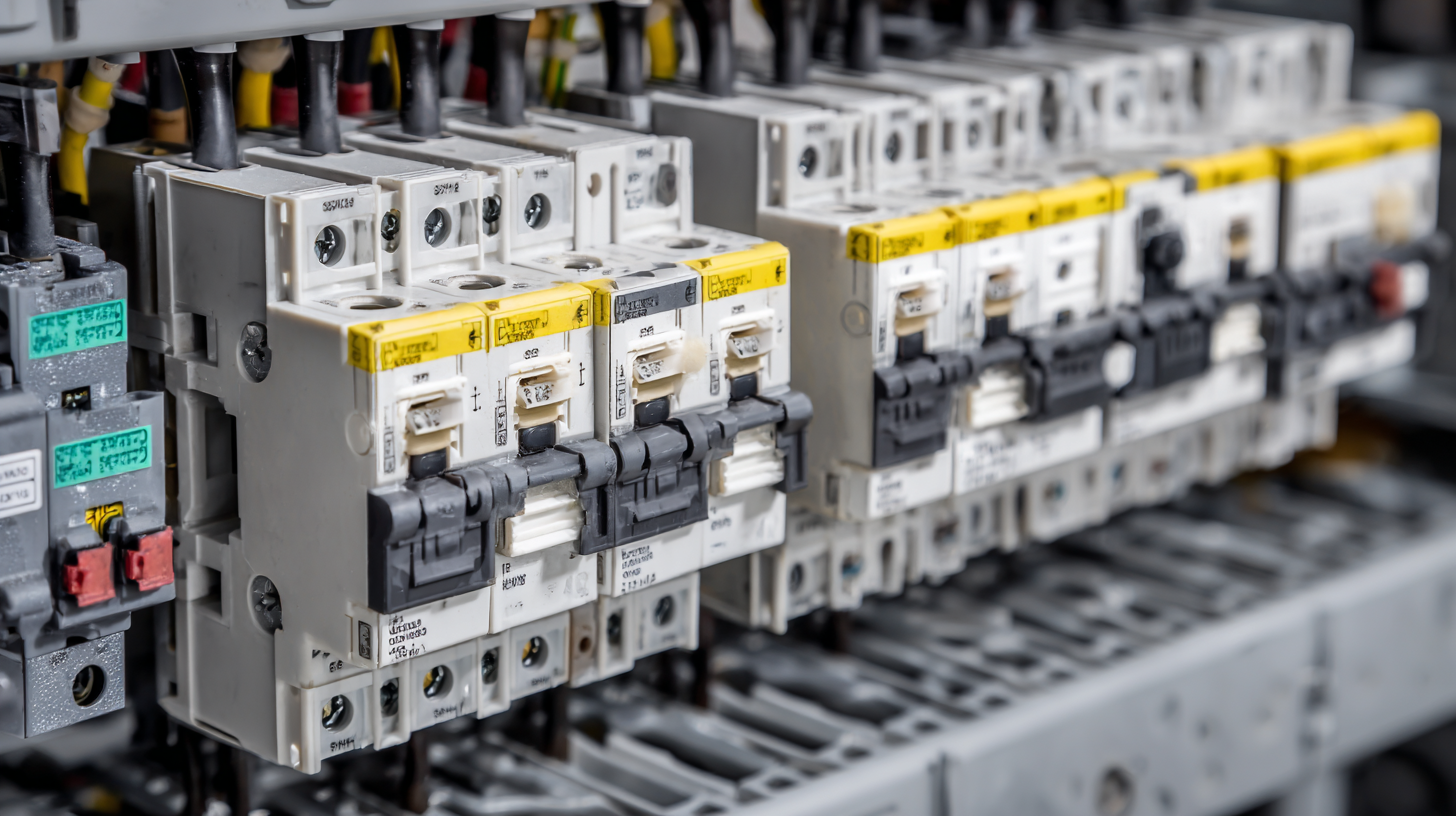
Future-Proofing Facilities: Upgrading to Advanced Circuit Breaker Technologies
As we move towards 2025, the importance of future-proofing facilities cannot be overstated. One of the critical elements in this process is upgrading to advanced molded case circuit breaker (MCCB) technologies. These innovative devices offer enhanced reliability, improved safety features, and increased energy efficiency, making them an ideal choice for modern industrial applications. The evolution of MCCBs has paved the way for smarter systems that not only protect electrical circuits but also contribute to the overall sustainability of facilities.
Upgrading to the latest MCCB models means investing in technologies equipped with communication capabilities that allow for real-time monitoring and diagnostics. This connectivity enables facility managers to streamline maintenance schedules and reduce downtime, thereby optimizing operational efficiency. Additionally, newer designs often feature predictive analytics, which can anticipate potential failures before they occur, ensuring a seamless and uninterrupted power supply. By making the switch to these advanced breakers, organizations position themselves at the forefront of industry trends, ready to meet the challenges of an ever-evolving landscape while safeguarding their investments and enhancing their capabilities.

Home
About Us
Products
Terminal Power Distribution Electric
AC Miniature Circuit Breaker
 BY06H-125 MCB 10-15KA Miniature Circuit Breaker
BY06H-125 MCB 10-15KA Miniature Circuit Breaker
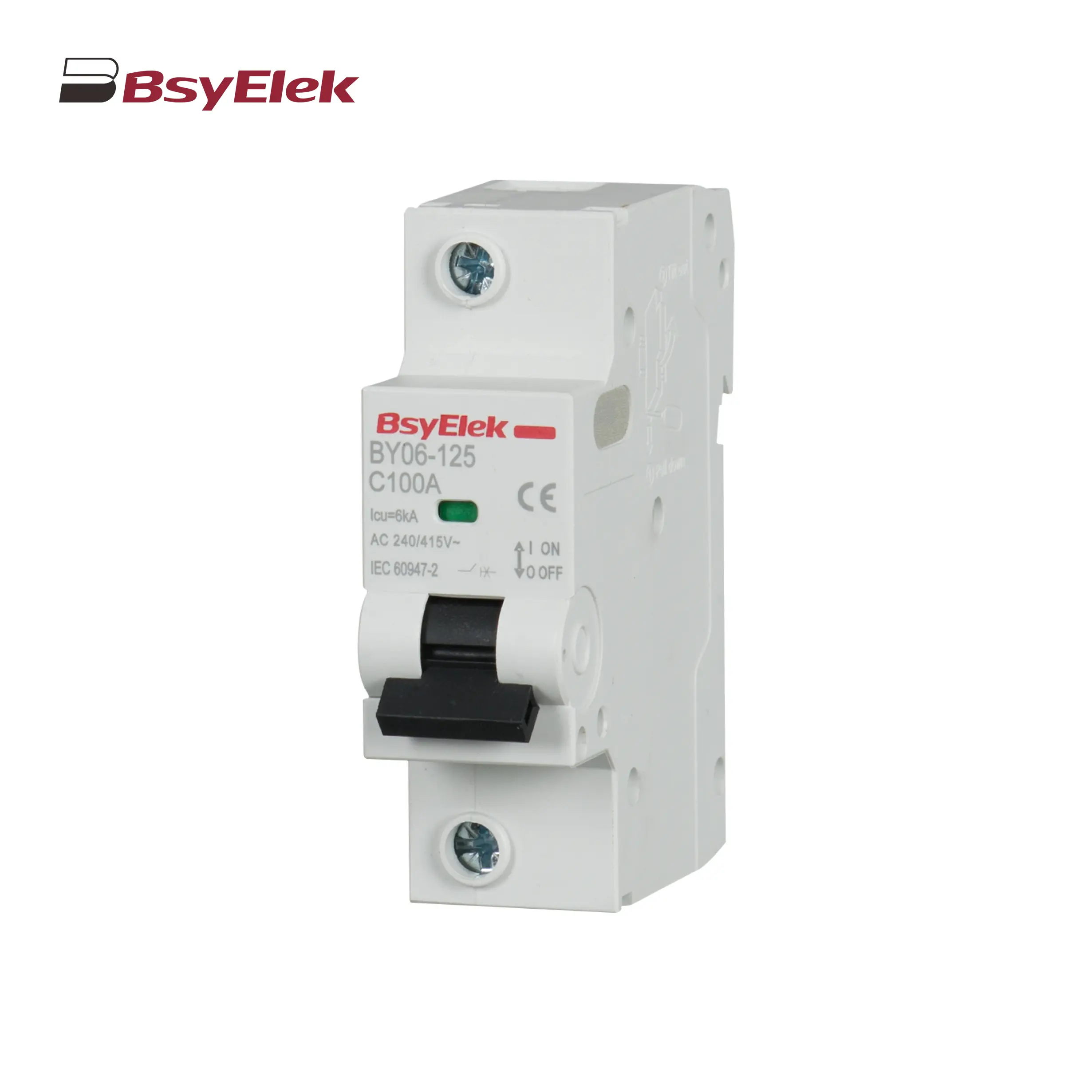 BY06-125 MCB 6KA Miniature Circuit Breaker
BY06-125 MCB 6KA Miniature Circuit Breaker
 BY05H-40 MCB Single Modular 6KA Miniature Circuit Breaker
BY05H-40 MCB Single Modular 6KA Miniature Circuit Breaker
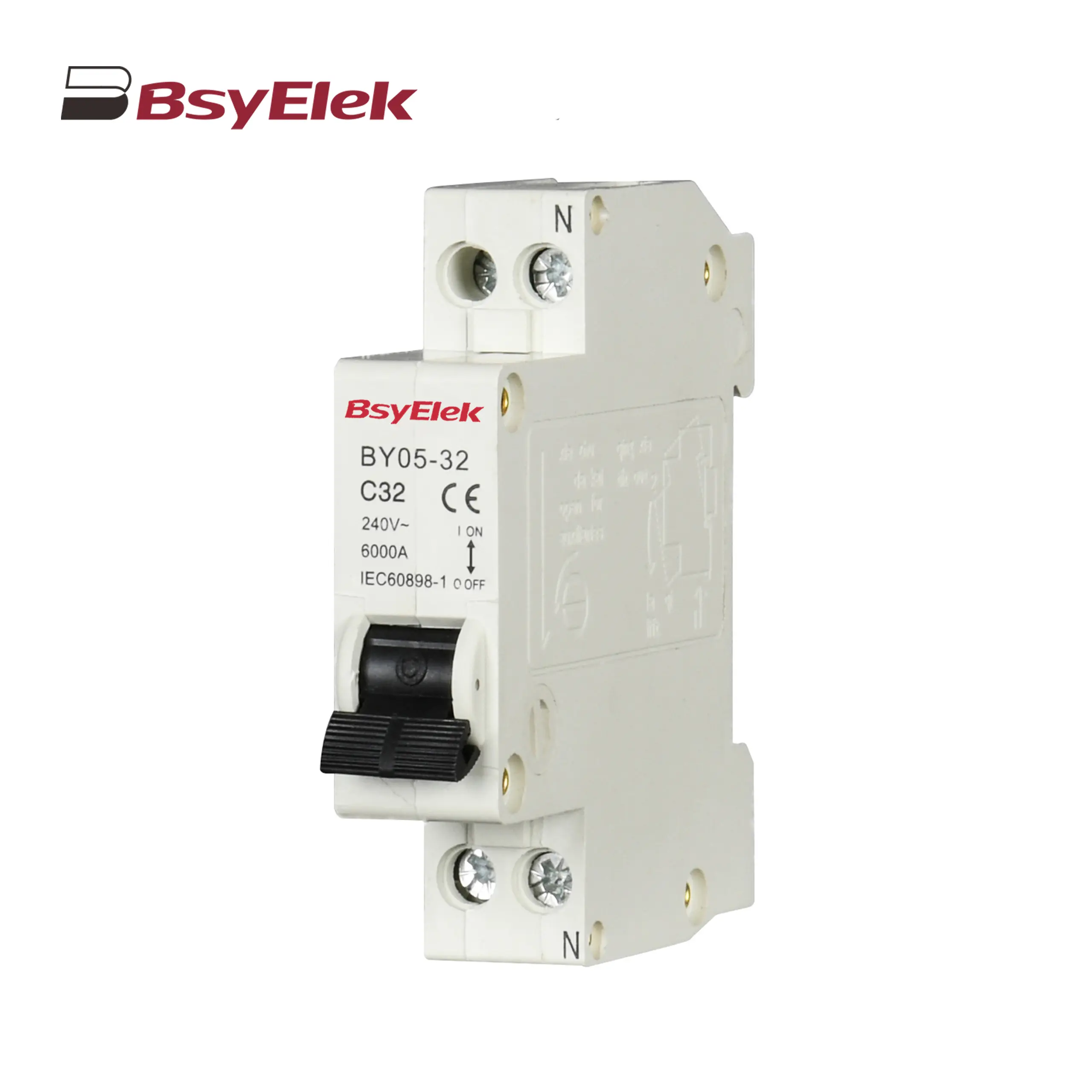 BY05-32 MCB Single Modular 3KA Miniature Circuit Breaker
BY05-32 MCB Single Modular 3KA Miniature Circuit Breaker
 BY04-63 MCB 6-10KA Miniature Circuit Breaker
BY04-63 MCB 6-10KA Miniature Circuit Breaker
 BY03H-63 MCB 6KA Miniature Circuit Breaker
BY03H-63 MCB 6KA Miniature Circuit Breaker
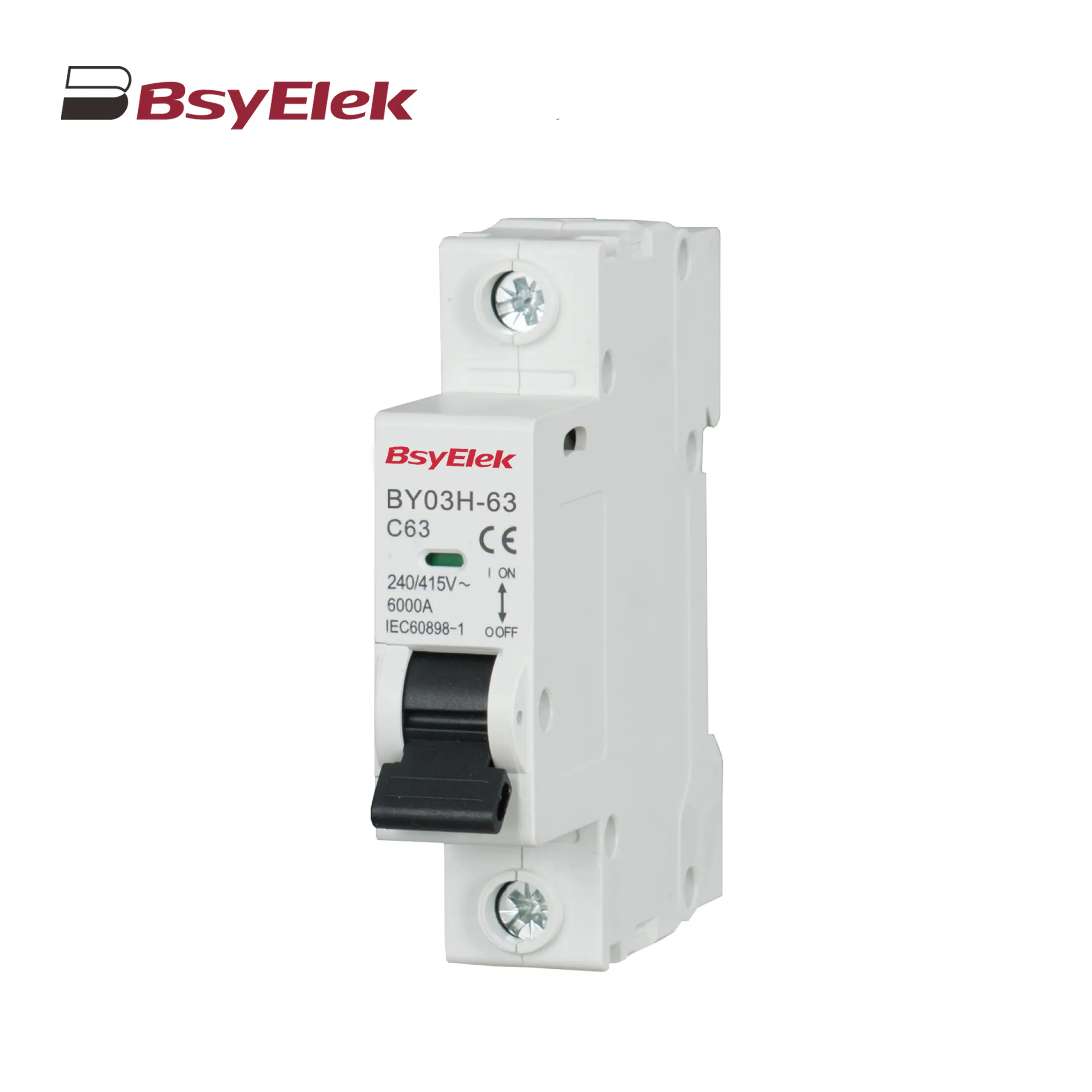 BY03-63 MCB 4.5KA Miniature Circuit Breaker
BY03-63 MCB 4.5KA Miniature Circuit Breaker
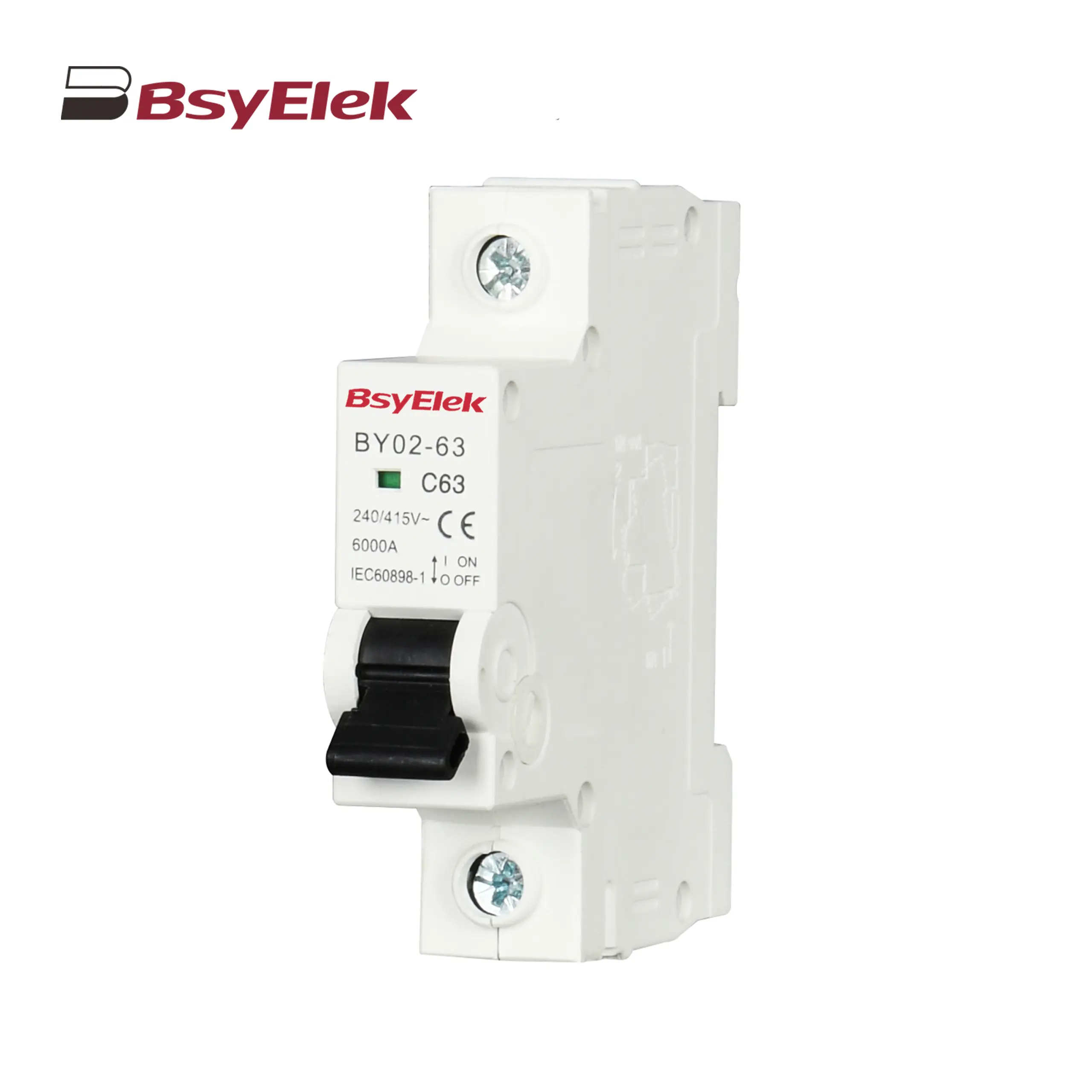 BY02-63 MCB 3kA Miniature Circuit Breaker
BY02-63 MCB 3kA Miniature Circuit Breaker
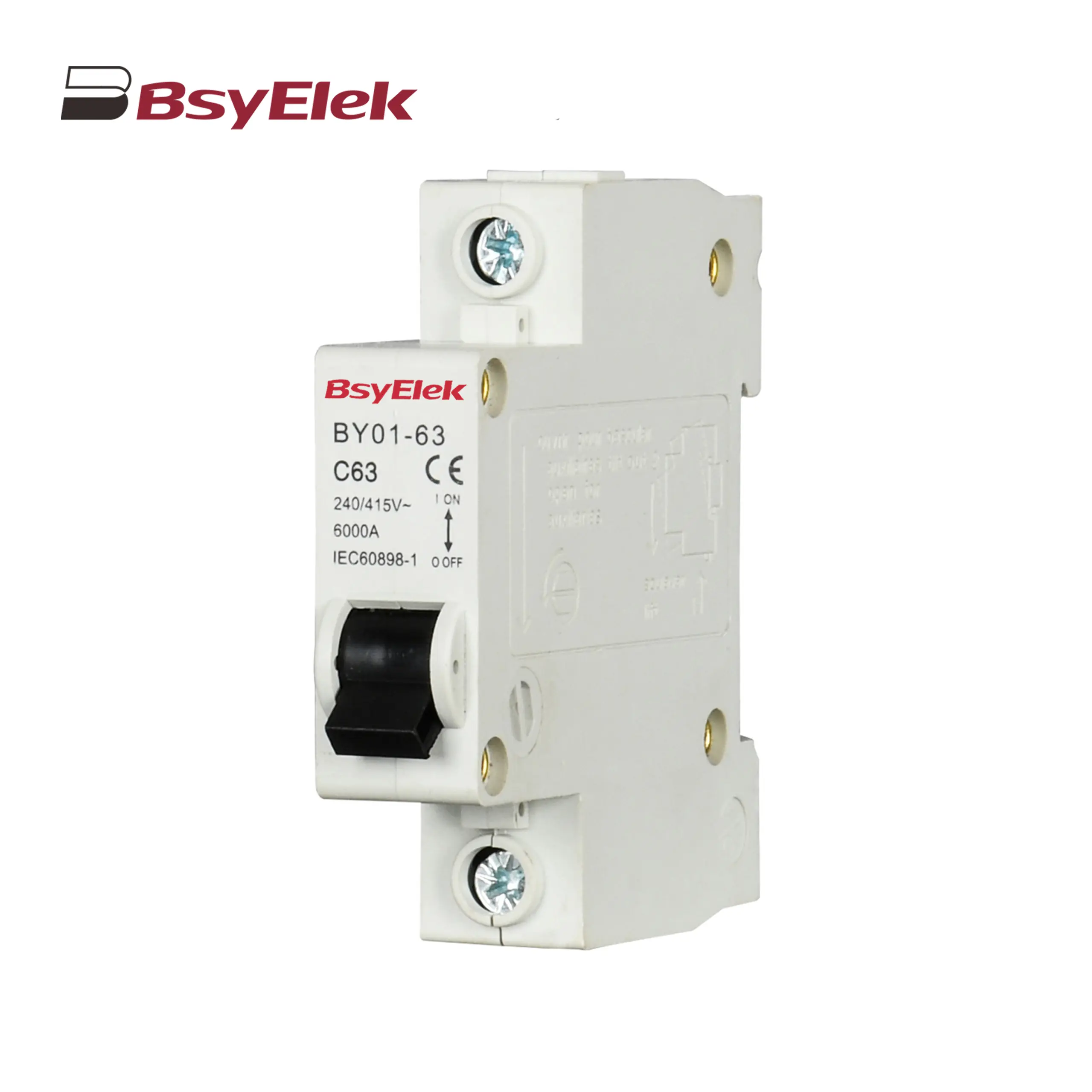 BY01-63 MCB 3kA Miniature Circuit Breaker
BY01-63 MCB 3kA Miniature Circuit Breaker
MCB Accessories
Main Switch
RCBO RCCB
 BY07L-63 RCCB 6KA Residual Current Circuit Breaker
BY07L-63 RCCB 6KA Residual Current Circuit Breaker
 BY05HL-40 RCBO 6KA Residual Current Circuit Breaker with Over-current Protection
BY05HL-40 RCBO 6KA Residual Current Circuit Breaker with Over-current Protection
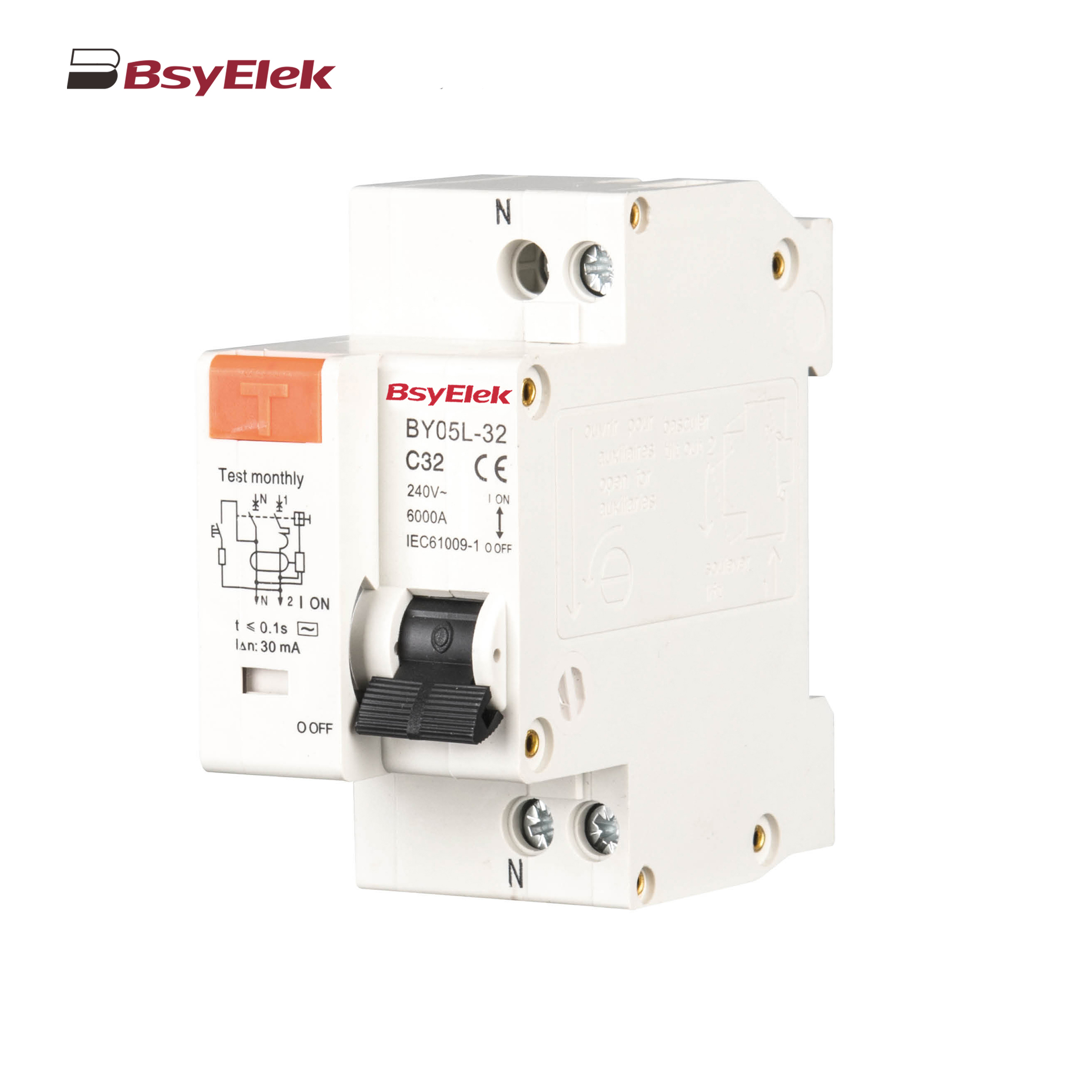 BY05L-32 RCBO 3KA Residual Current Circuit Breaker with Over-current Protection
BY05L-32 RCBO 3KA Residual Current Circuit Breaker with Over-current Protection
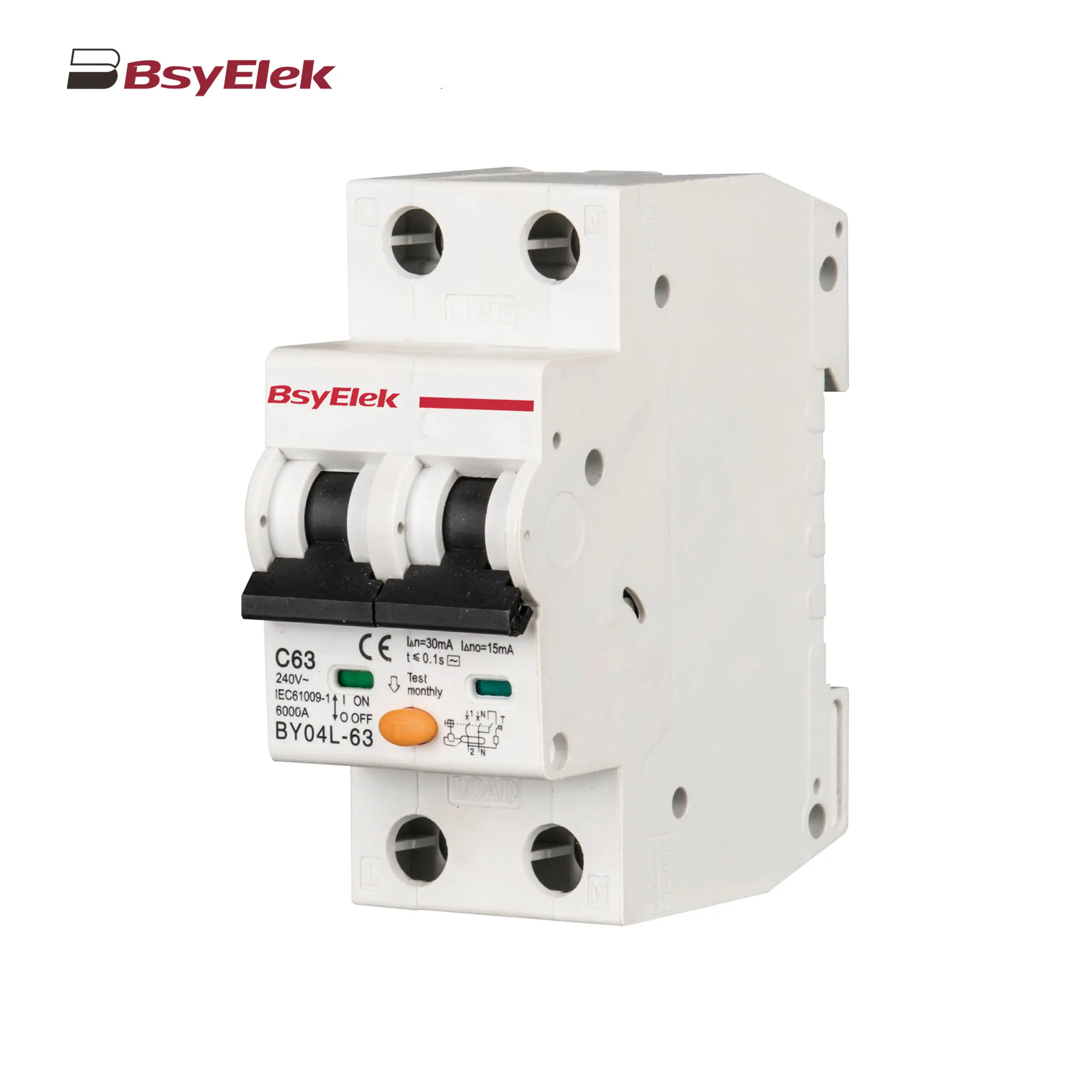 BY04L-63 RCBO 6KA Residual Current Circuit Breaker with Over-current Protection
BY04L-63 RCBO 6KA Residual Current Circuit Breaker with Over-current Protection
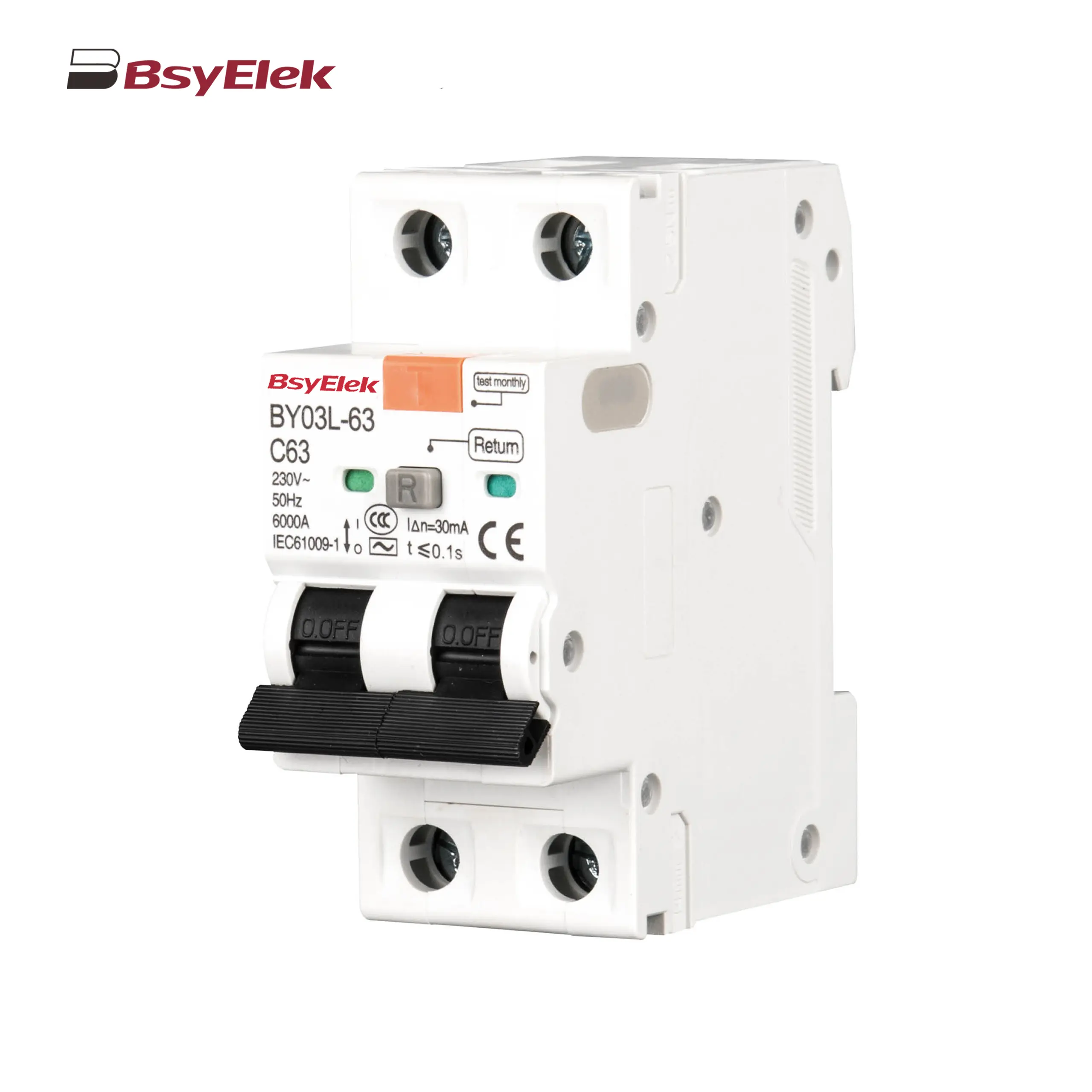 BY03L-63 RCBO 4.5KA Residual Current Circuit Breaker with Over-current Protection
BY03L-63 RCBO 4.5KA Residual Current Circuit Breaker with Over-current Protection
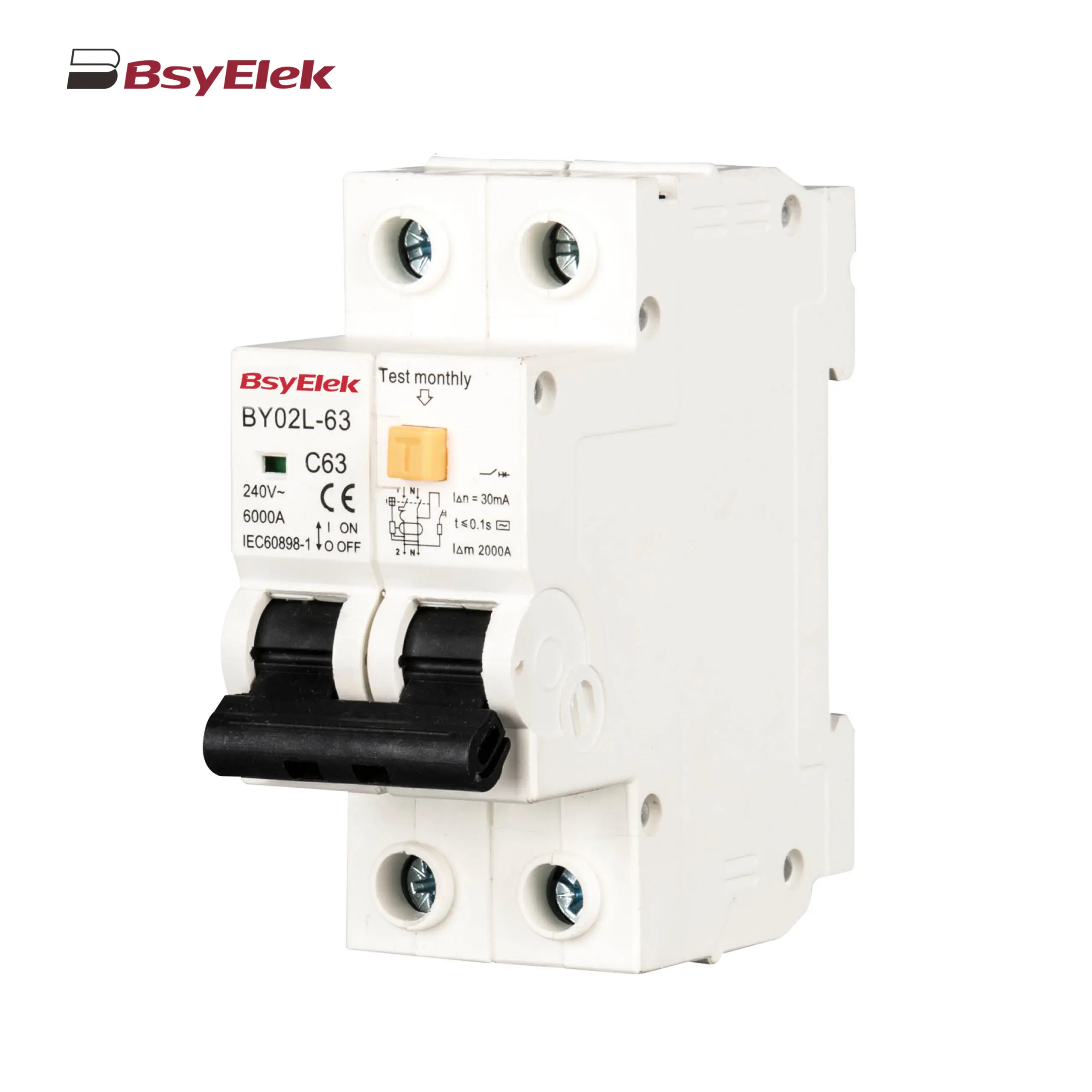 BY02L-63 RCBO 3KA Residual Current Circuit Breaker with Over-current Protection
BY02L-63 RCBO 3KA Residual Current Circuit Breaker with Over-current Protection
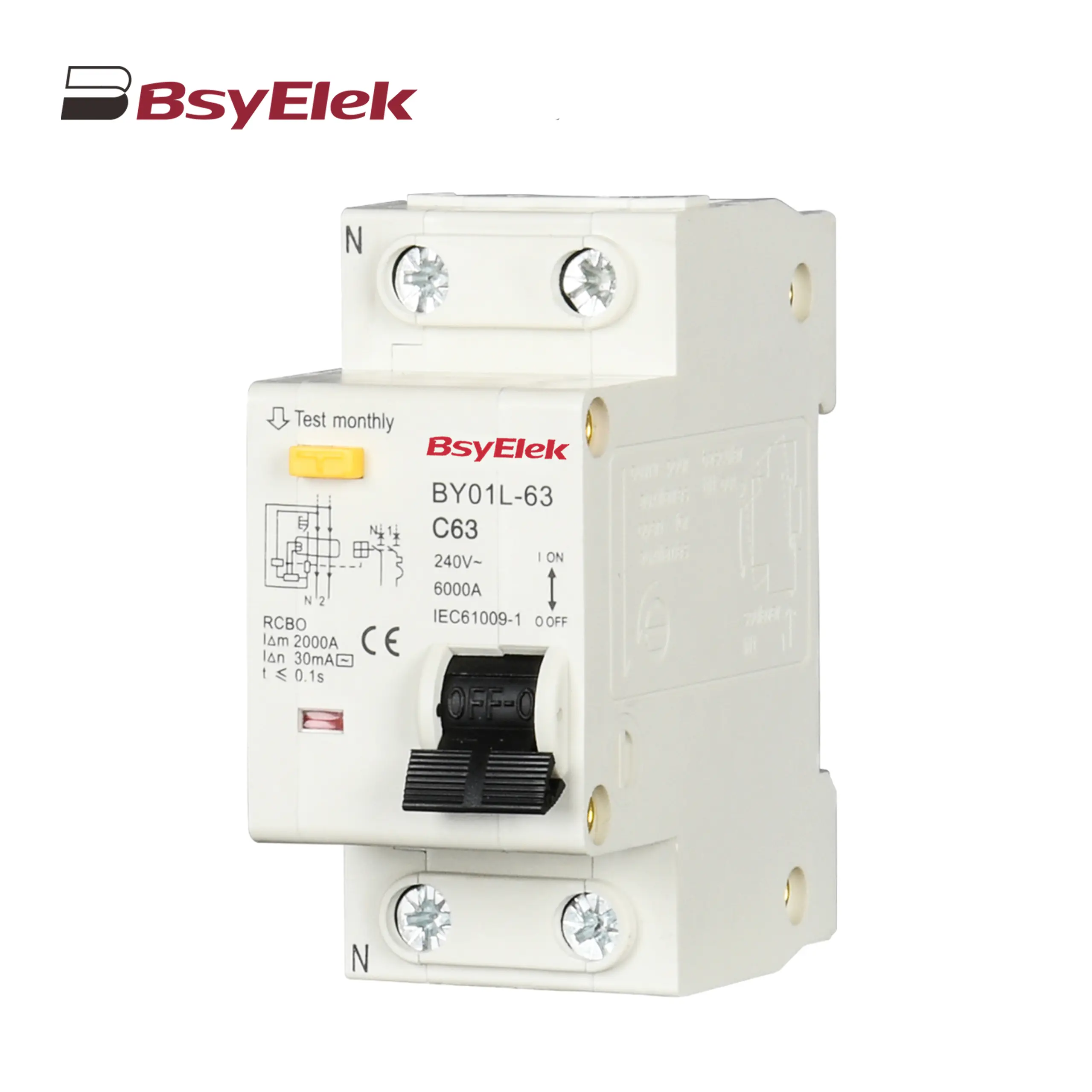 BY01L-63 RCBO 1P+N 3KA Residual Current Circuit Breaker with Over-current Protection
BY01L-63 RCBO 1P+N 3KA Residual Current Circuit Breaker with Over-current Protection
Resettable Overvoltage and Undervoltage Protector
AC Contactor
AC Surge Protective Device
Changeover Switch
Photovoltaic System Protection
DC Miniature Circuit Breaker
 BY06H-125DC MCB 10-15kA DC Miniature Circuit Breaker
BY06H-125DC MCB 10-15kA DC Miniature Circuit Breaker
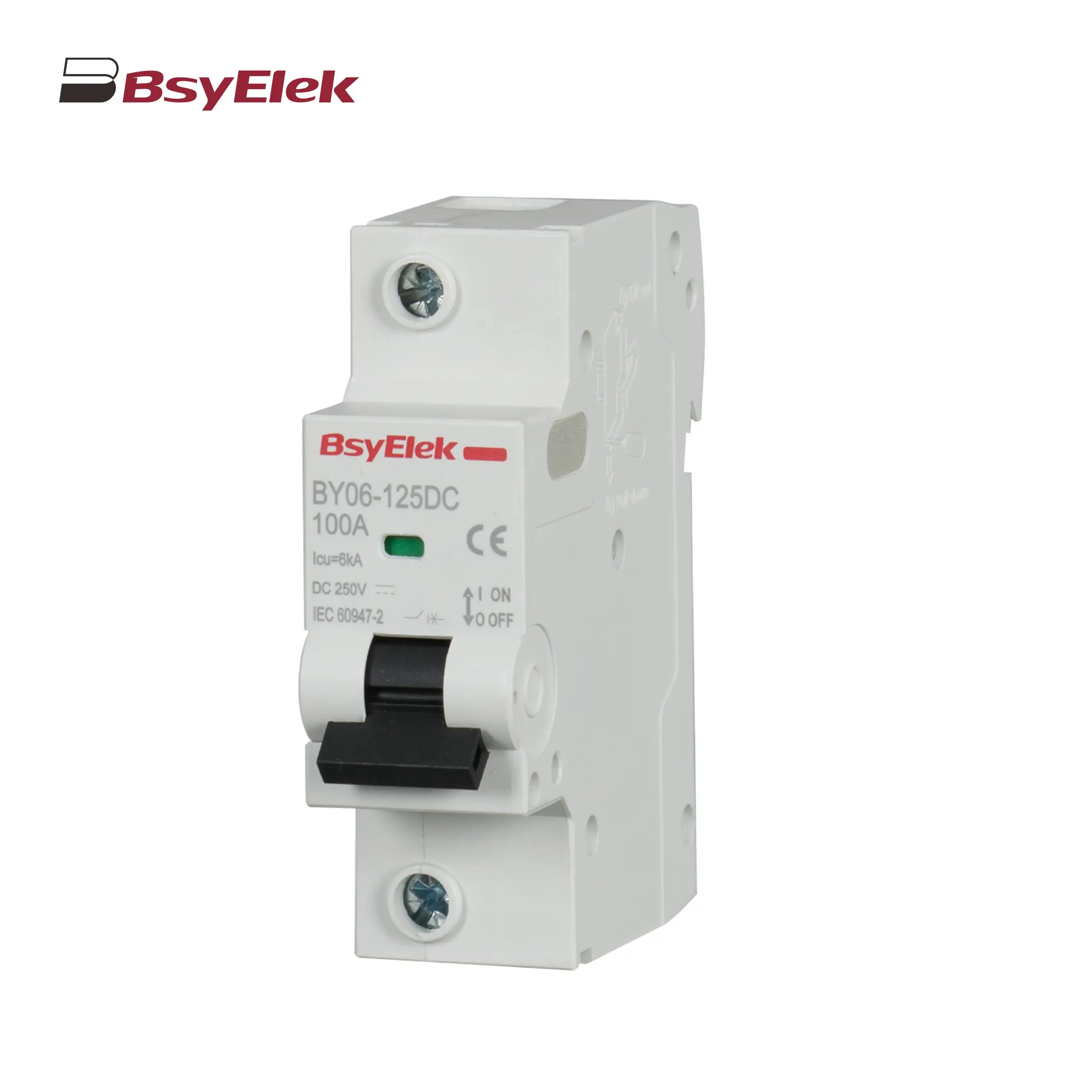 BY06-125DC MCB 6kA DC Miniature Circuit Breaker
BY06-125DC MCB 6kA DC Miniature Circuit Breaker
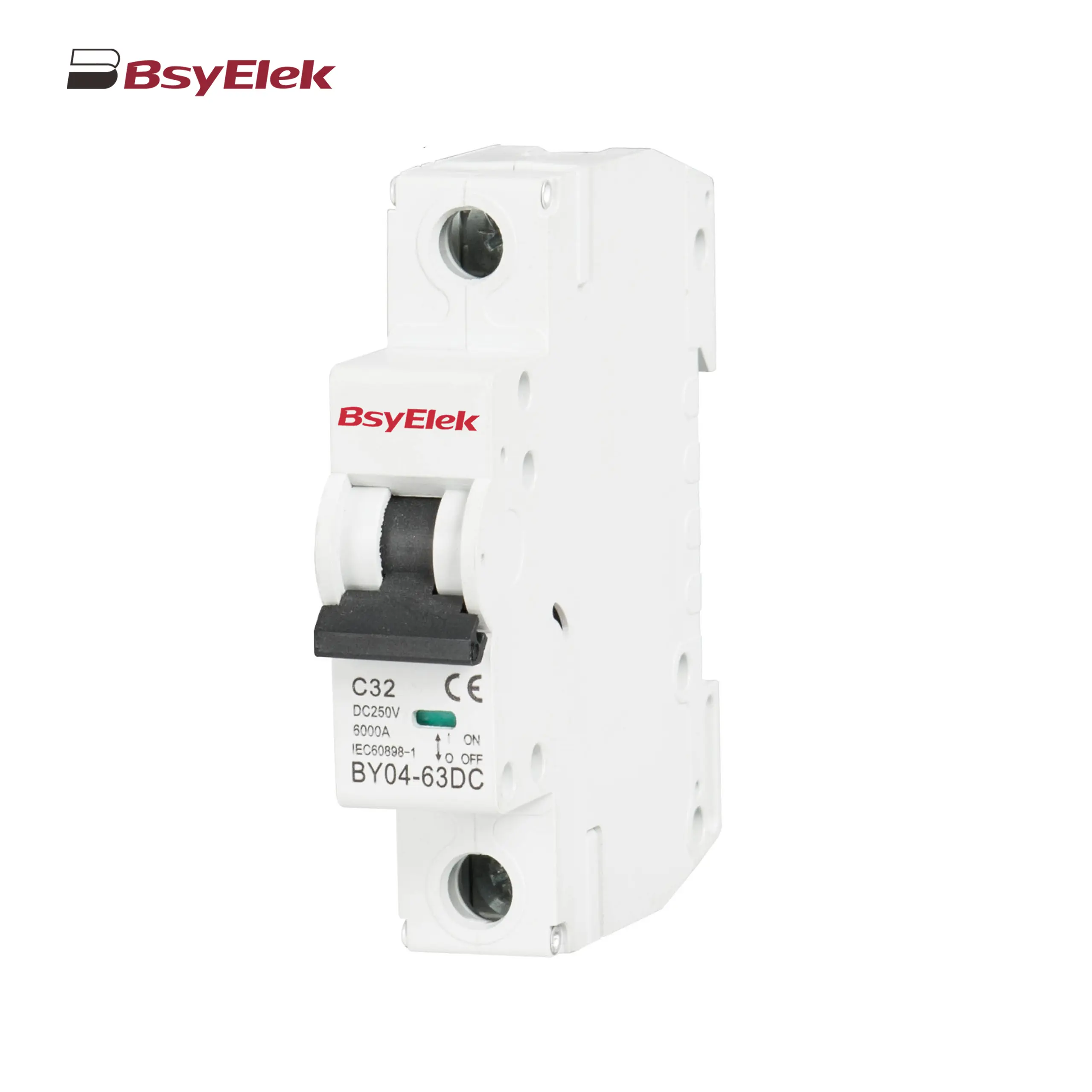 BY04-63DC MCB 6-10kA DC Miniature Circuit Breaker
BY04-63DC MCB 6-10kA DC Miniature Circuit Breaker
 BY03H-63DC MCB 6kA DC Miniature Circuit Breaker
BY03H-63DC MCB 6kA DC Miniature Circuit Breaker
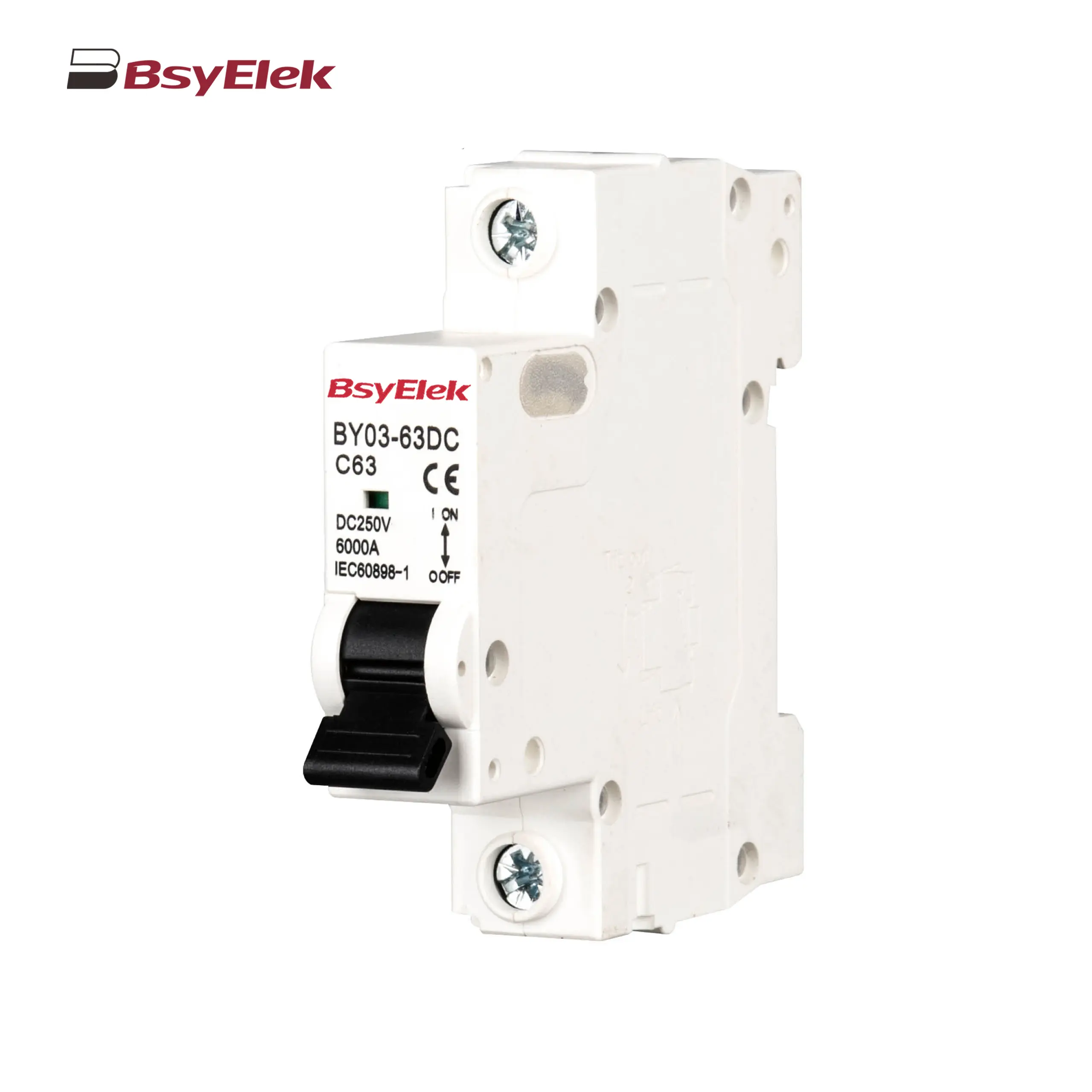 BY03-63DC MCB 4.5kA DC Miniature Circuit Breaker
BY03-63DC MCB 4.5kA DC Miniature Circuit Breaker
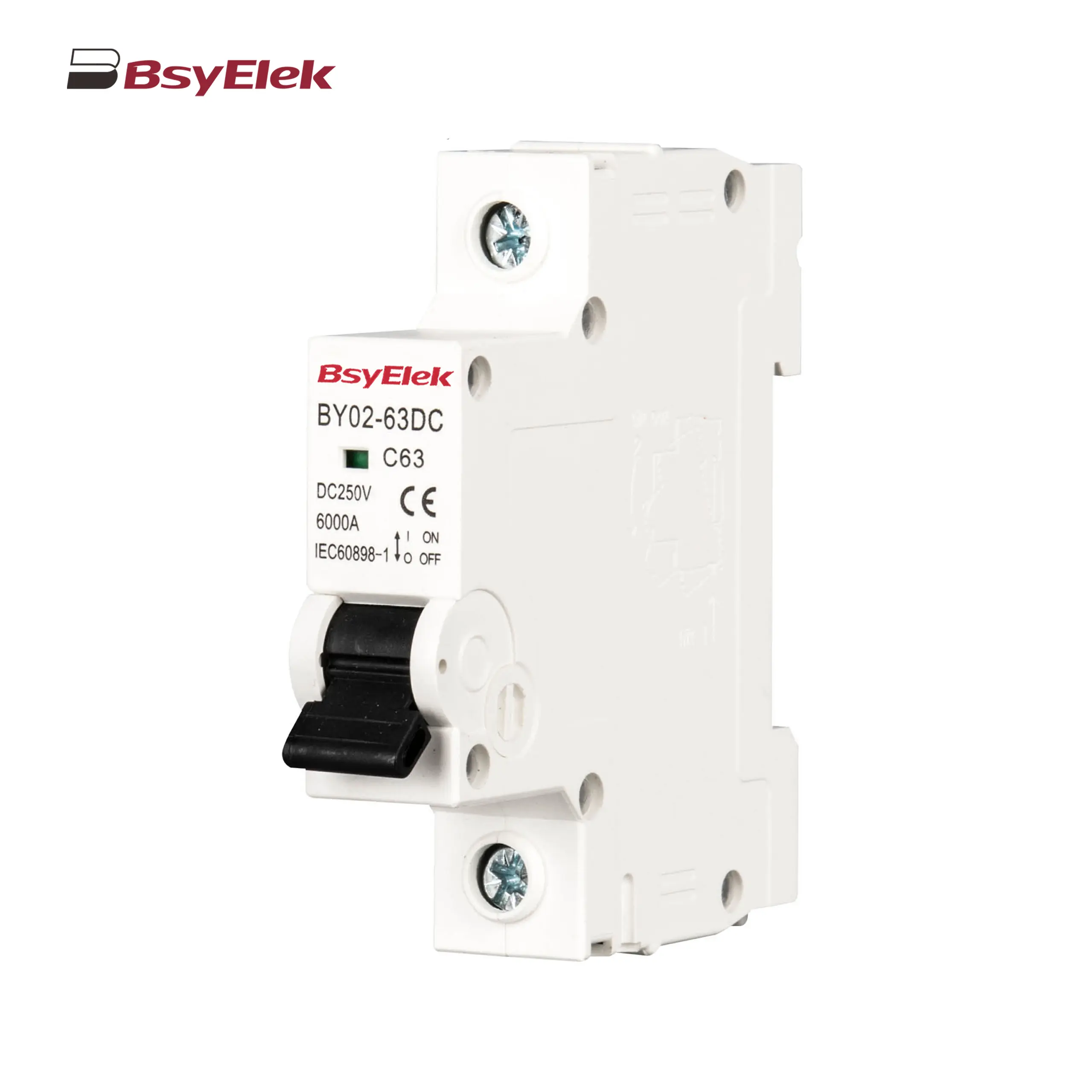 BY02-63DC MCB 3kA DC Miniature Circuit Breaker
BY02-63DC MCB 3kA DC Miniature Circuit Breaker
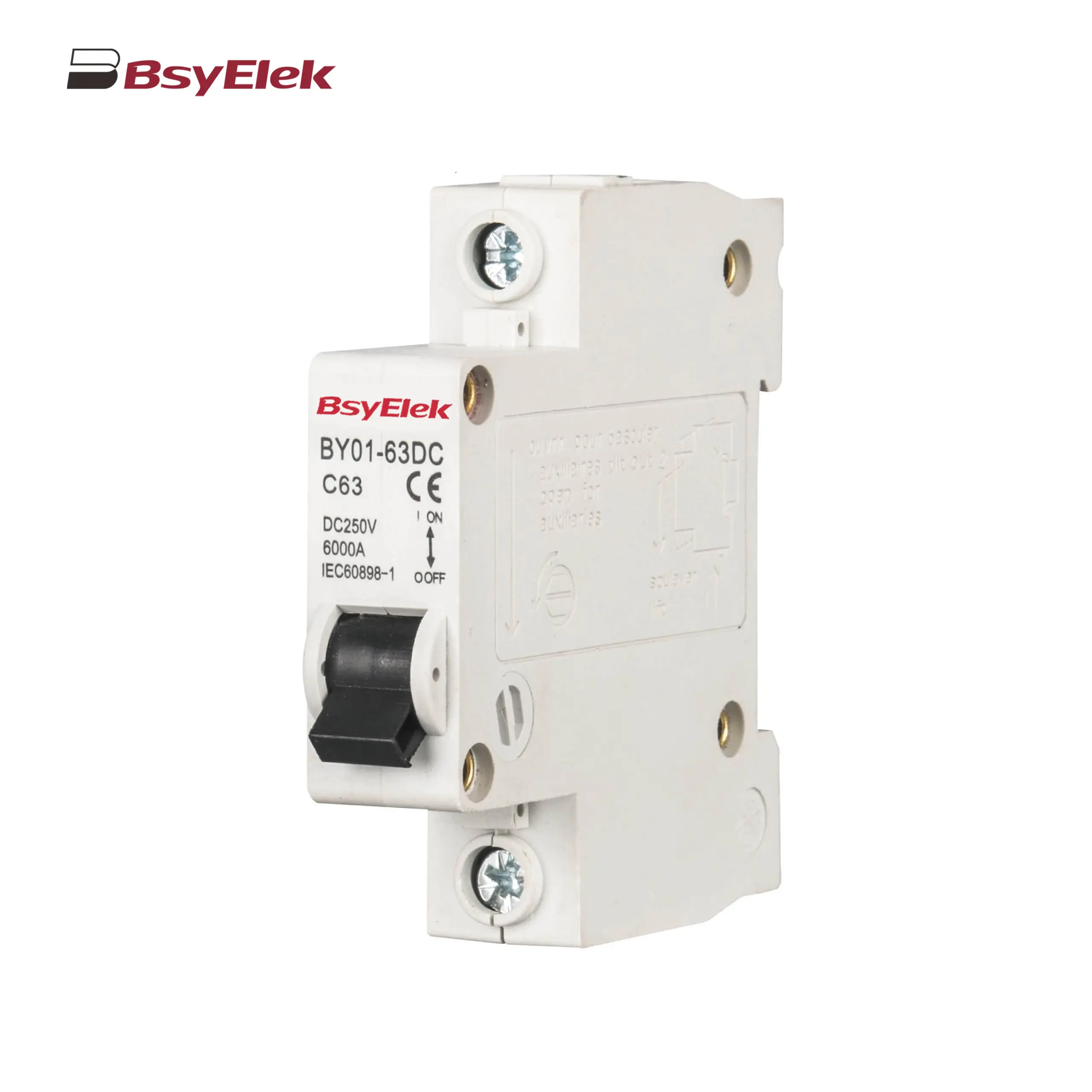 BY01-63DC MCB 3kA DC Miniature Circuit Breaker
BY01-63DC MCB 3kA DC Miniature Circuit Breaker
RCD
DC Surge Protective Device
DC Fuse
PV Isolator Switch
PV Connector
Cable Gland
PV Cable
PV Knife Switch
DC Molded Case Circuit Breaker
Industrial Power Distribution Electric
Distribution Box
Air Conditioning System
Definite Purpose Magnetic Contactor
Condensate Pump
 BY-5018 1.8M Engineering Drainage Pump
BY-5018 1.8M Engineering Drainage Pump
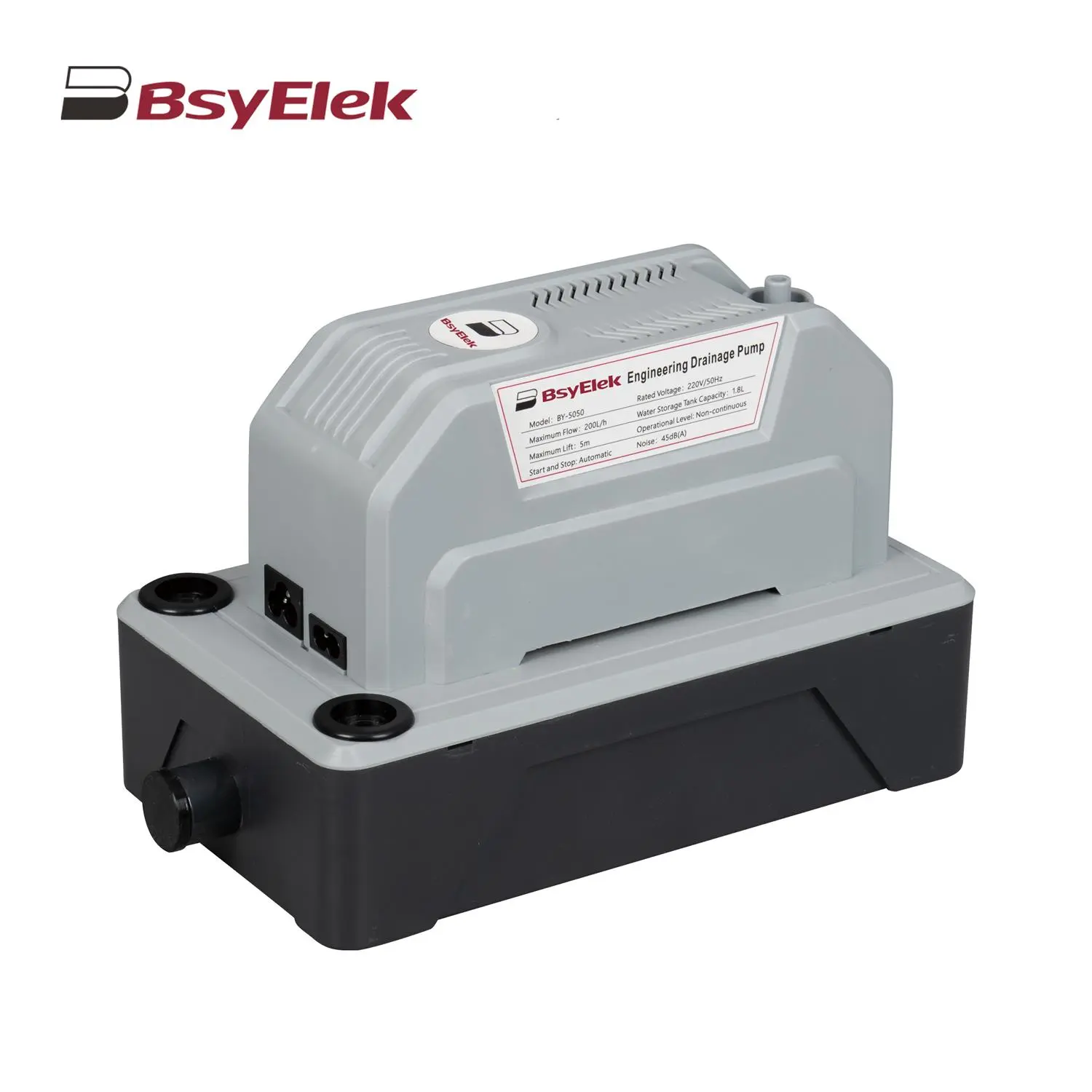 BY-5050 5M Engineering Drainage Pump
BY-5050 5M Engineering Drainage Pump
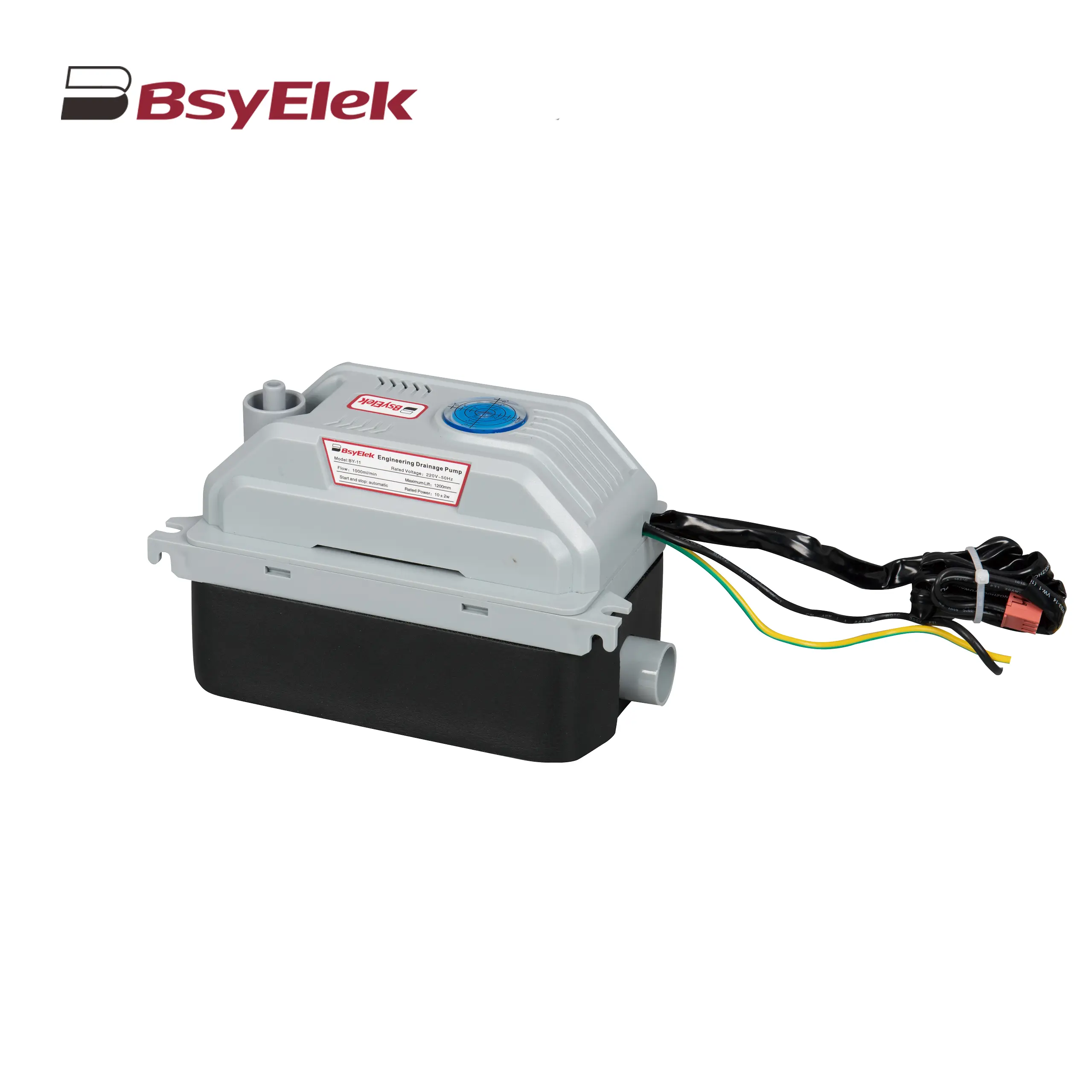 BY-11 1.2M Engineering Drainage Pump
BY-11 1.2M Engineering Drainage Pump
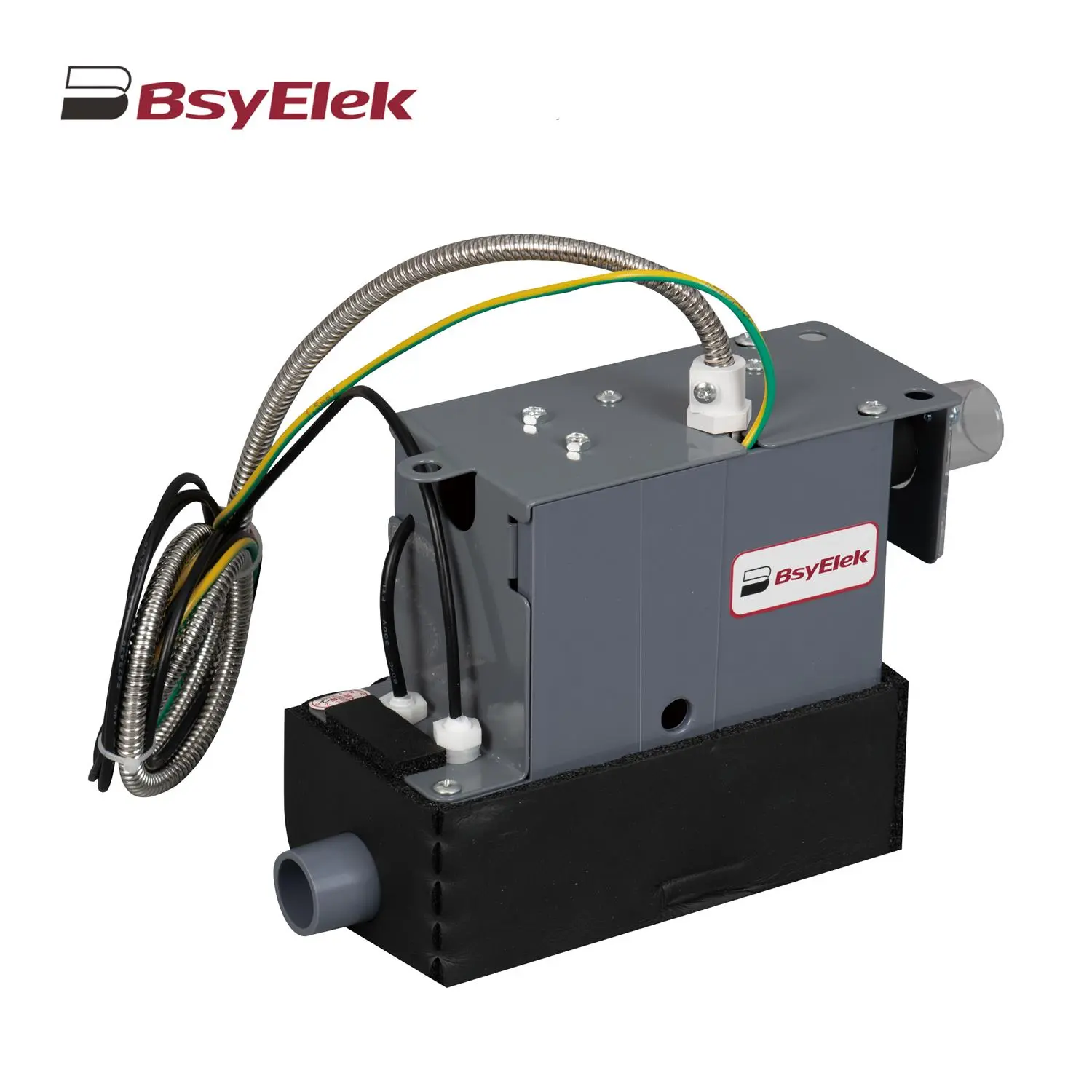 SBH-05 0.7M Original Drainage Pump of Duct Type Air Conditioner
SBH-05 0.7M Original Drainage Pump of Duct Type Air Conditioner
 BY-24A/40A 10M Drainage Pump of Air Conditioner
BY-24A/40A 10M Drainage Pump of Air Conditioner
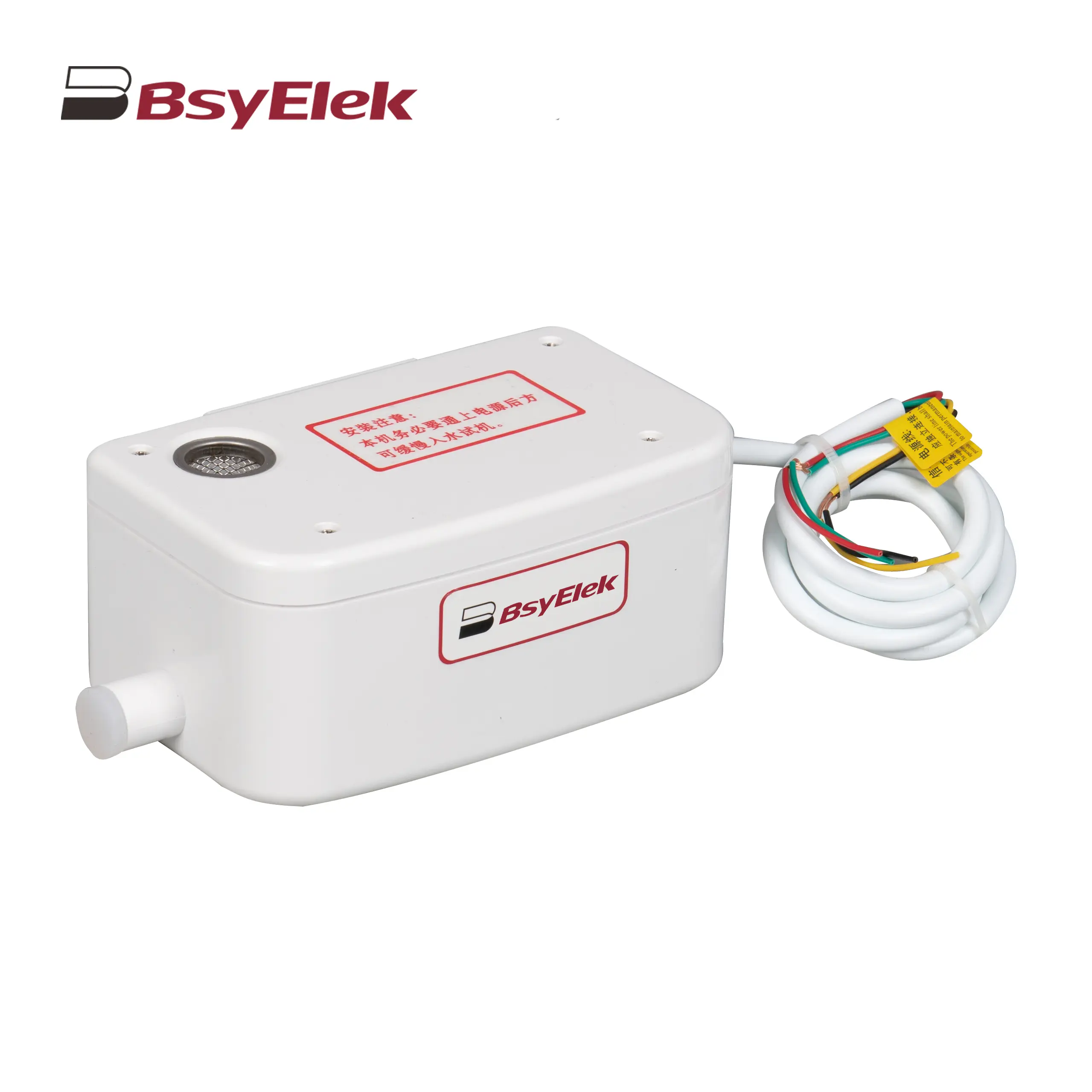 BY-50A 12M Drainage Pump of Air Conditioner
BY-50A 12M Drainage Pump of Air Conditioner
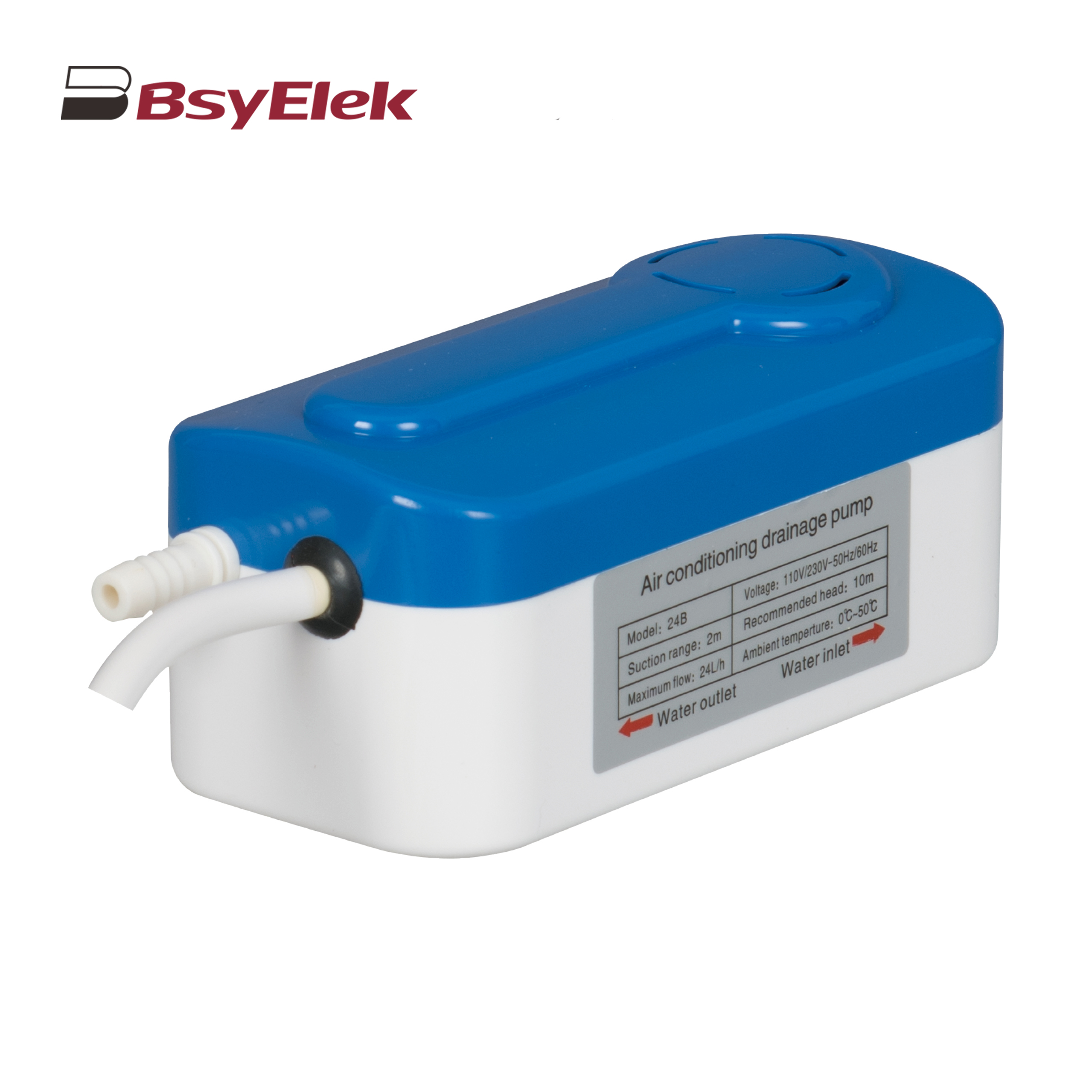 BY-24B/40B 10M Split Type Drainage Pump
BY-24B/40B 10M Split Type Drainage Pump
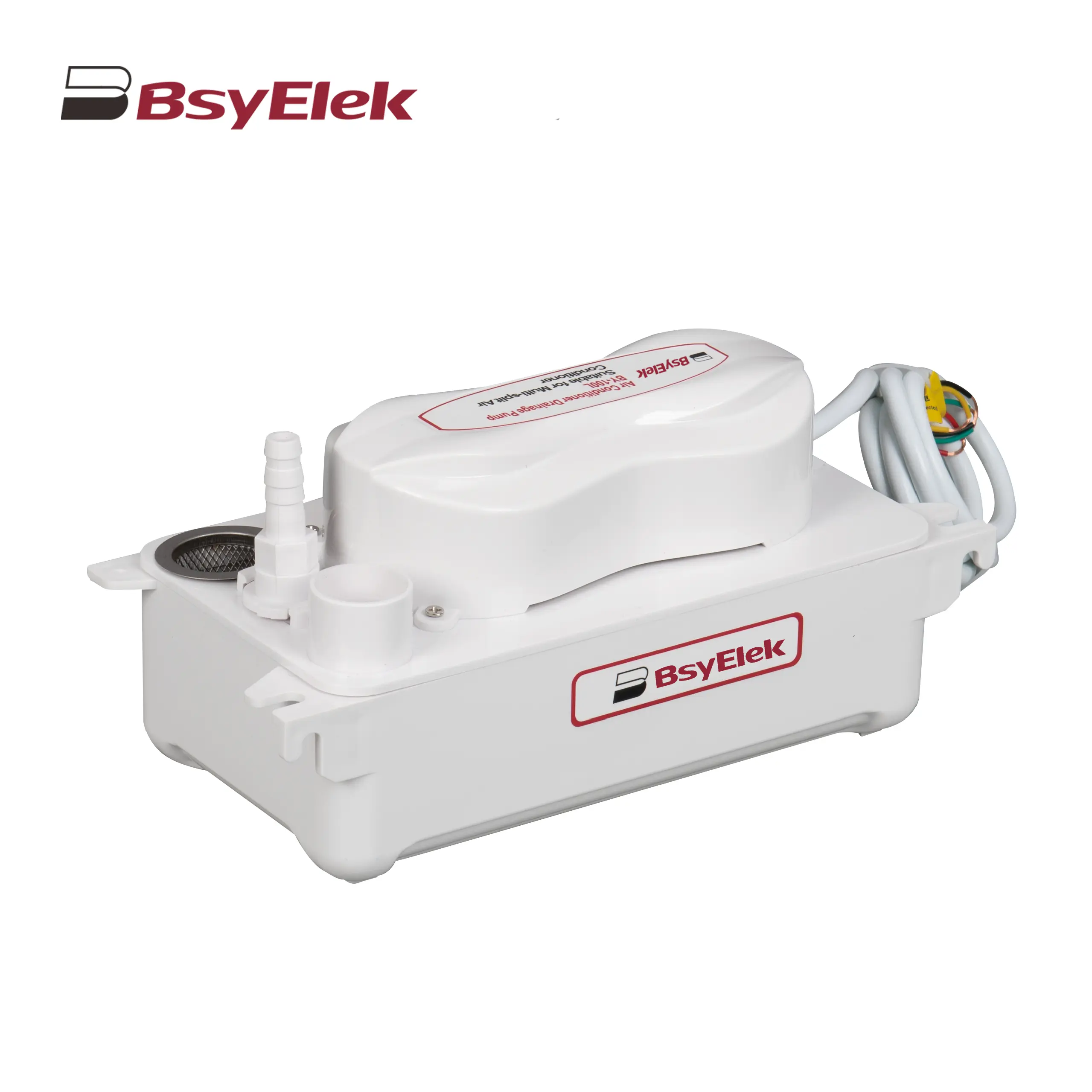 BY-100L 2M Drainage Pump of Air Conditioner
BY-100L 2M Drainage Pump of Air Conditioner
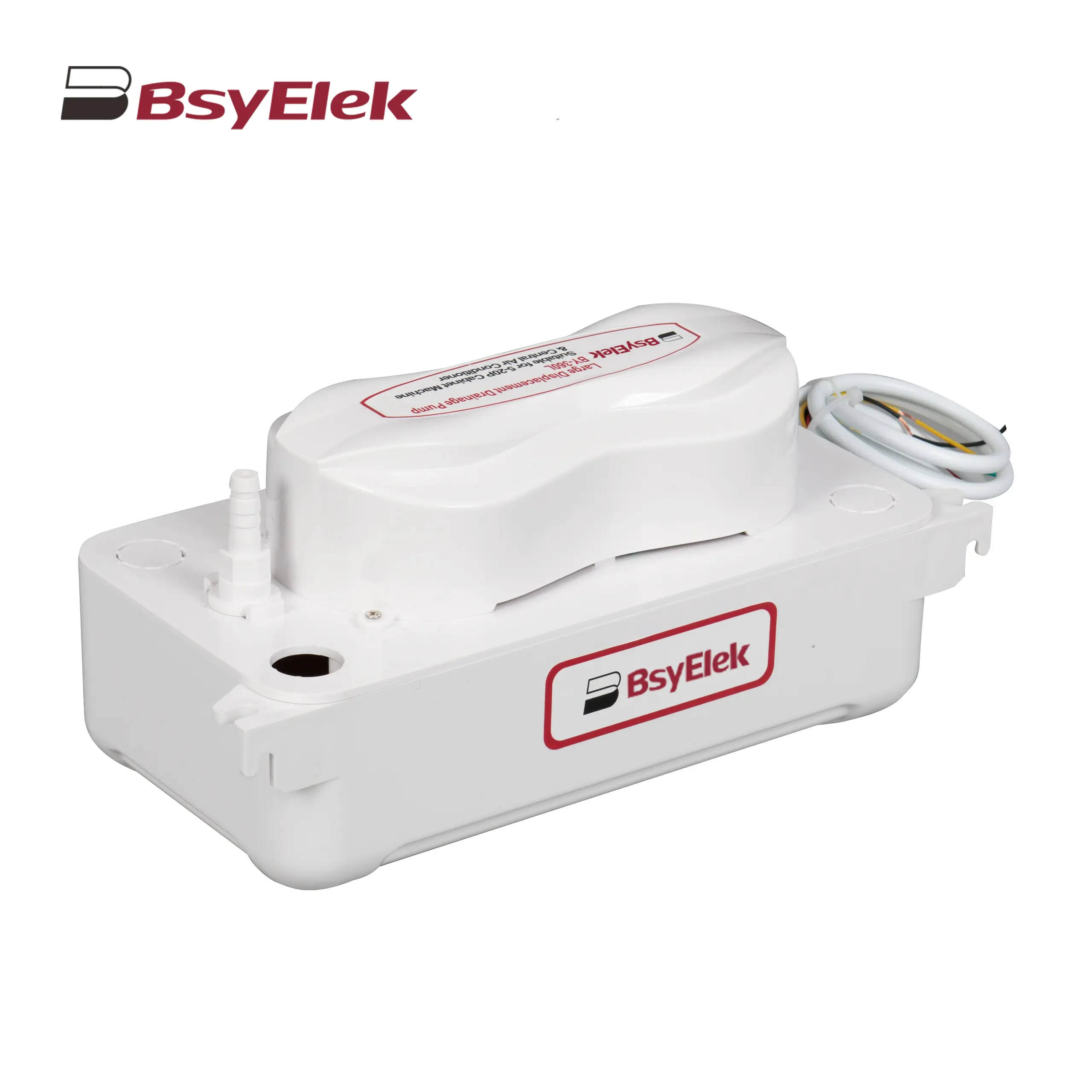 BY-360L 6M Large Displacement Drainage Pump
BY-360L 6M Large Displacement Drainage Pump
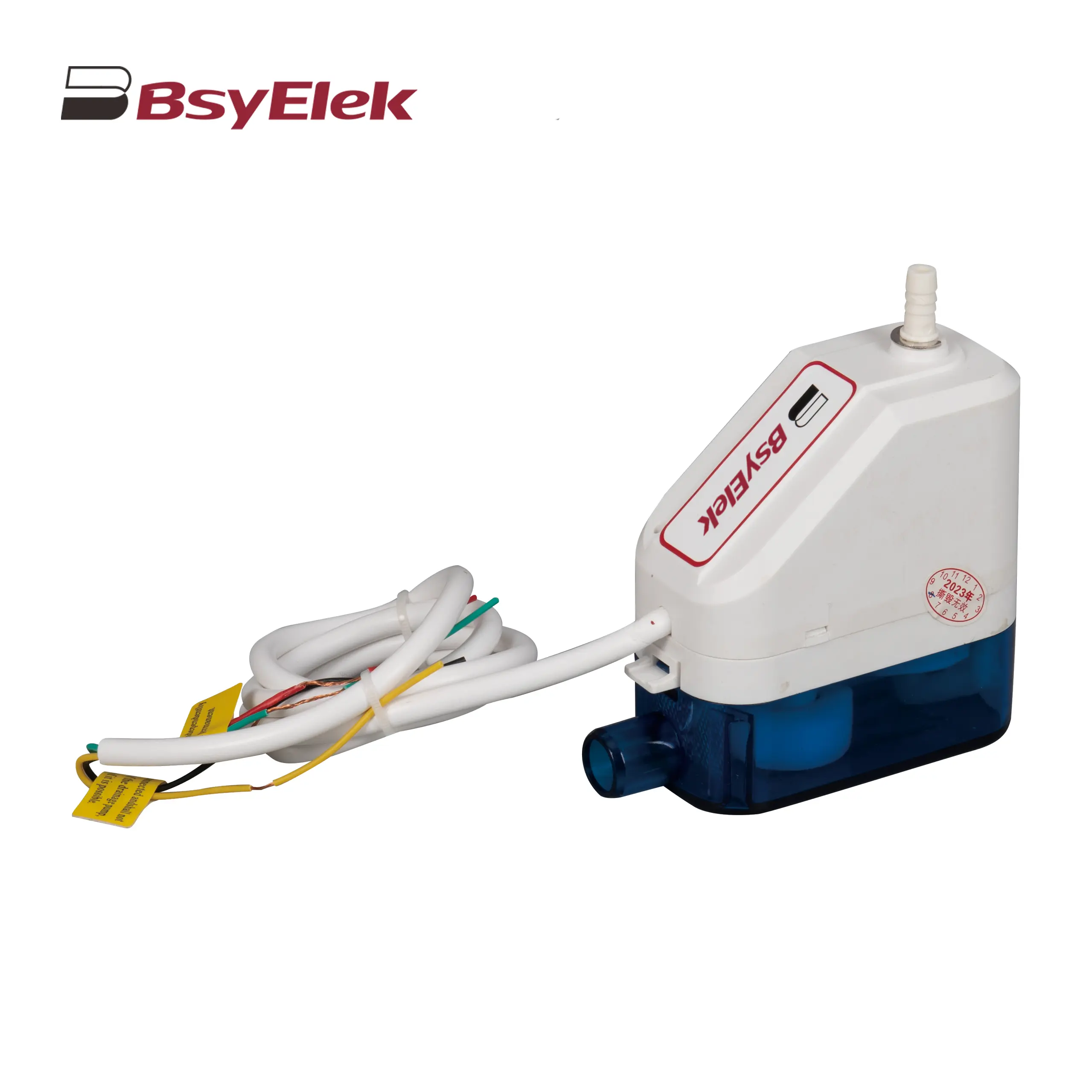 BY-24C/40C 10M Corner Drainage Pump
BY-24C/40C 10M Corner Drainage Pump
News
Top Blog
Company News
Industry Dynamics
What is a miniature circuit breaker (MCB)?
PG Series Waterproof Cable Glands with Washer for Harsh Environments
LWSF-125 125A Manual Changeover Switch ensures reliable power transfer
BYX2 AC contactor series: reliable power control for modern electrical systems
High-performance 1000V DC fuse holder optimizes solar photovoltaic system protection
BY07L-63 Residual Current Circuit Breaker Ensures Global Electrical Safety
BYQ5 ATS Isolation Dual Power Automatic Transfer Switch
BY19G 63A Manual Changeover Switch: Features and Benefits
Support
Blog
Contact Us





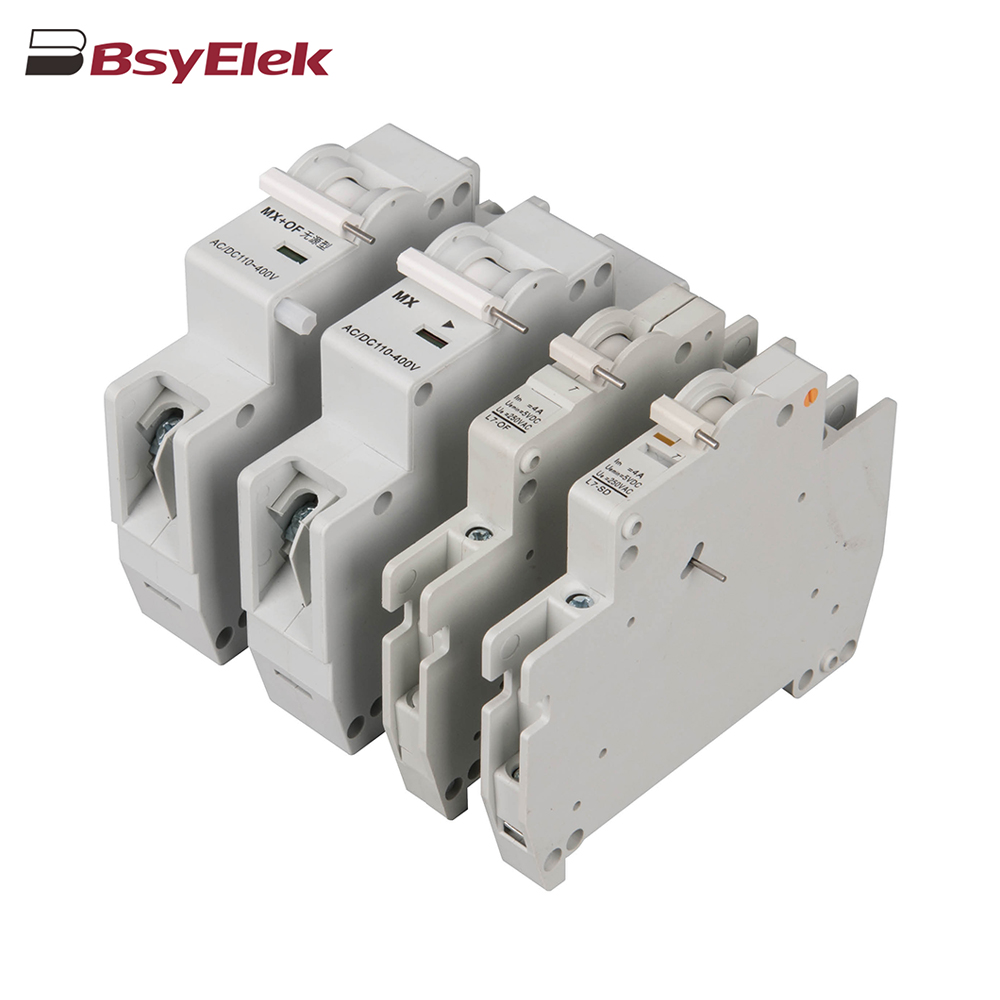 OF SD MX OF MCB Miniature Circuit Breaker Accessories
OF SD MX OF MCB Miniature Circuit Breaker Accessories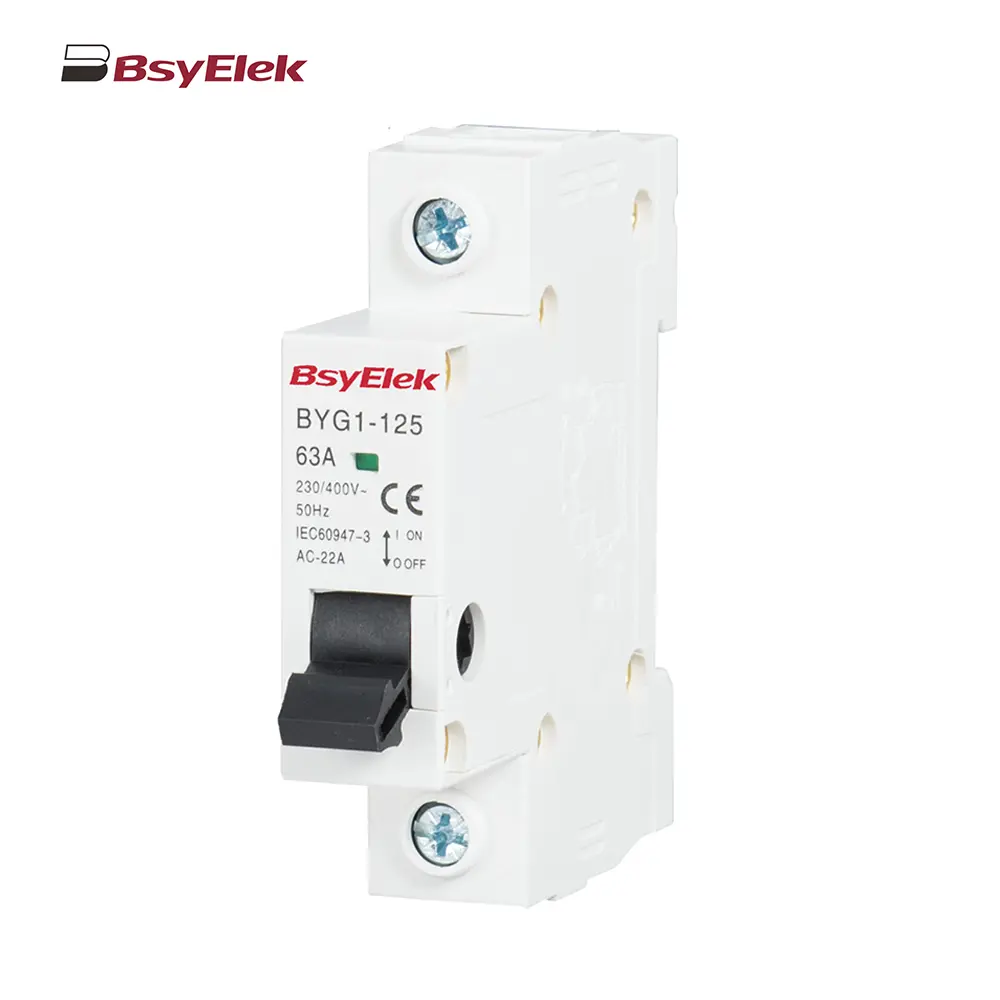 BYG1-125 Main Switch MCB Isolator Switch
BYG1-125 Main Switch MCB Isolator Switch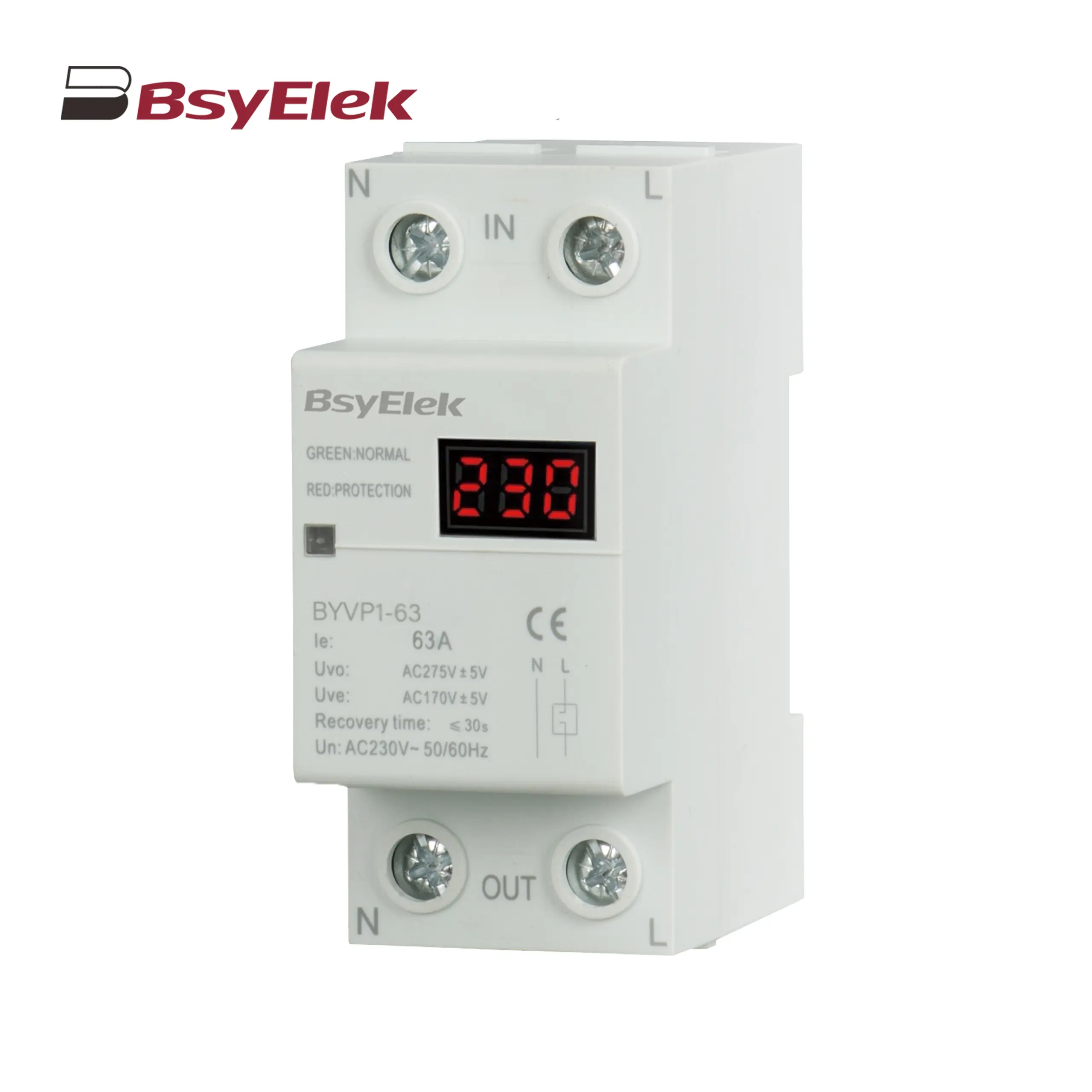 BYVP1-63 100A Single Display Overvoltage and Undervoltage Protector
BYVP1-63 100A Single Display Overvoltage and Undervoltage Protector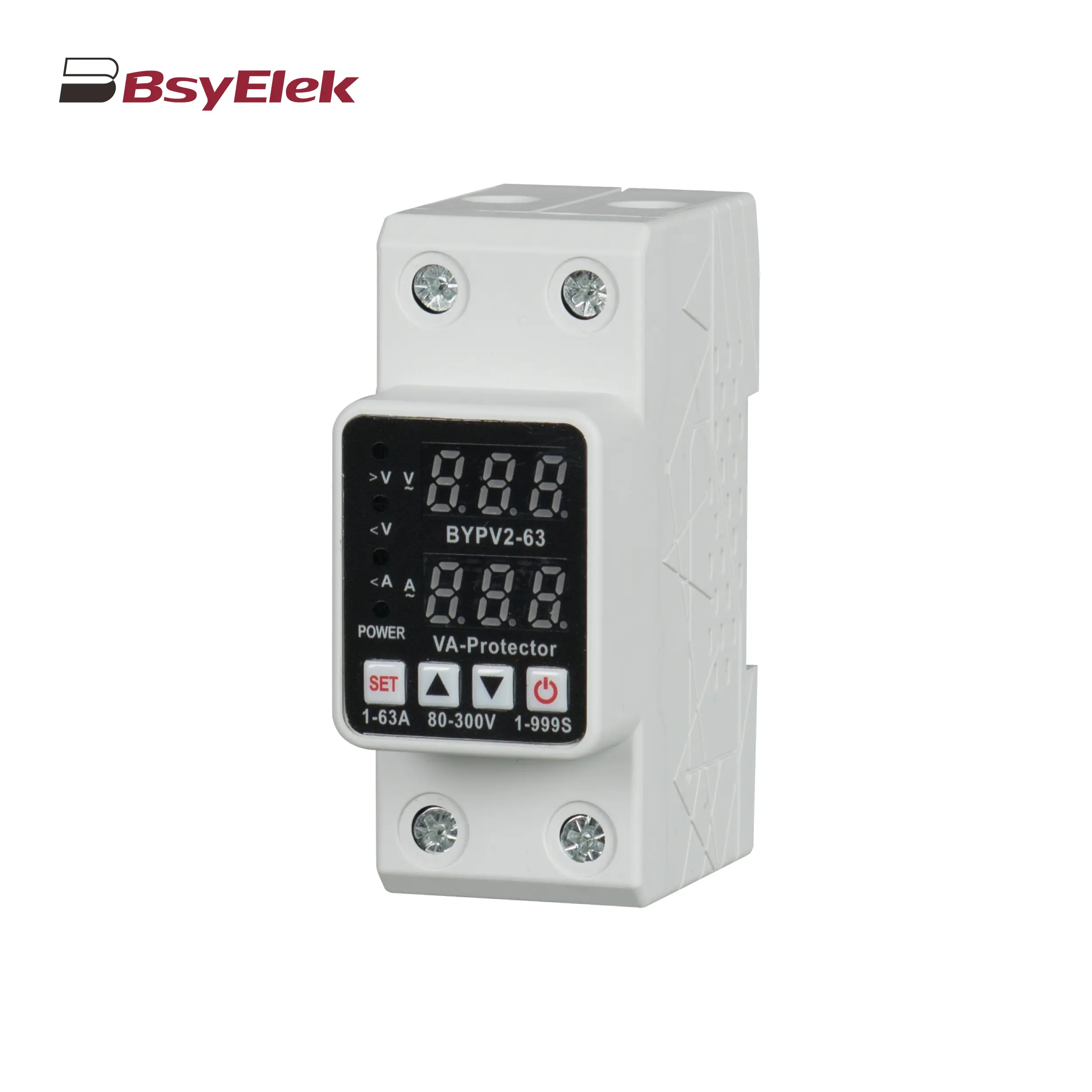 BYVP2-63 40A 63A Adjustable Dual Display Overvoltage and Undervoltage Protector
BYVP2-63 40A 63A Adjustable Dual Display Overvoltage and Undervoltage Protector BYX2 6-95A AC Contactor
BYX2 6-95A AC Contactor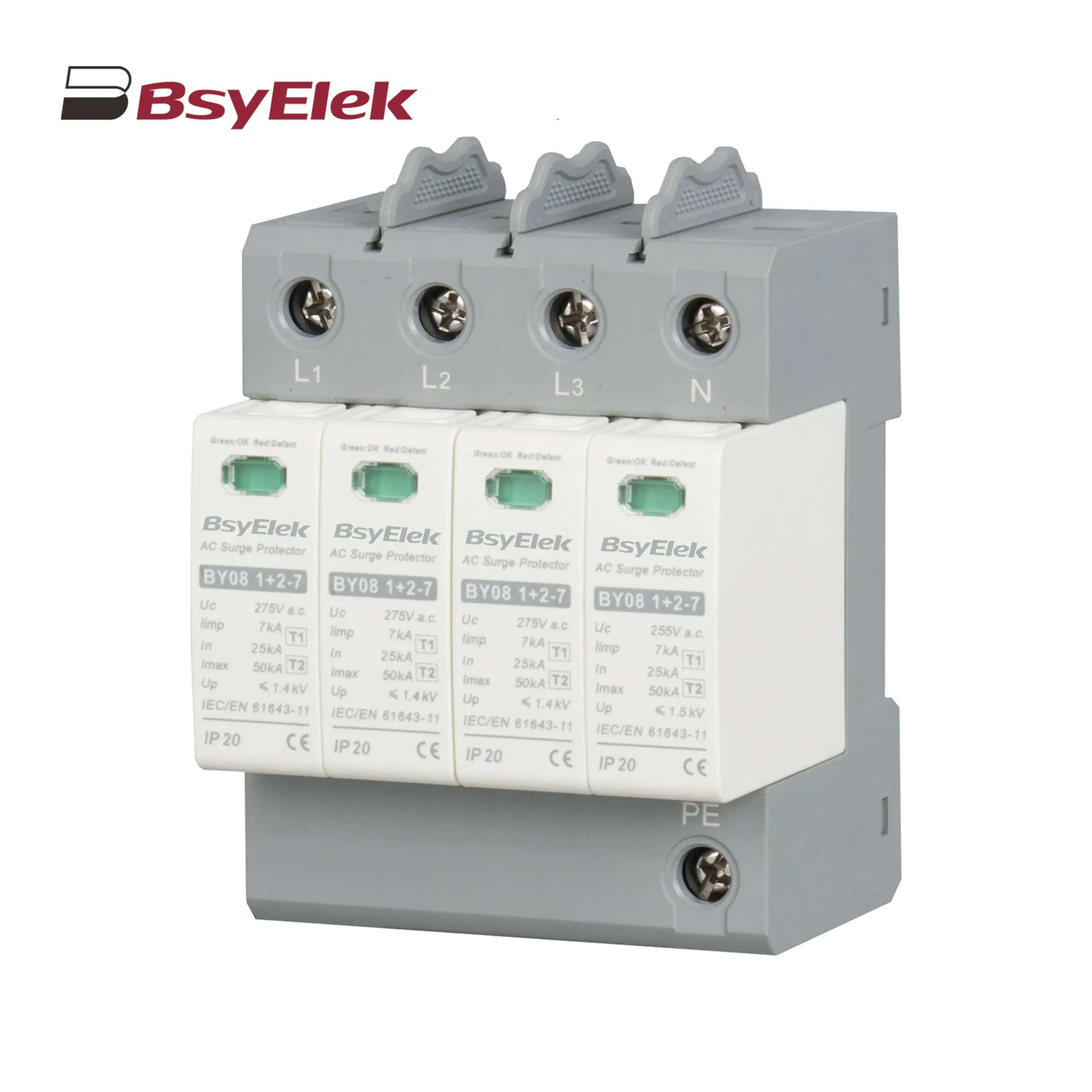 BY08 1+2-7 SPD Class T1+T2 Imax 50KA Surge Protective Device
BY08 1+2-7 SPD Class T1+T2 Imax 50KA Surge Protective Device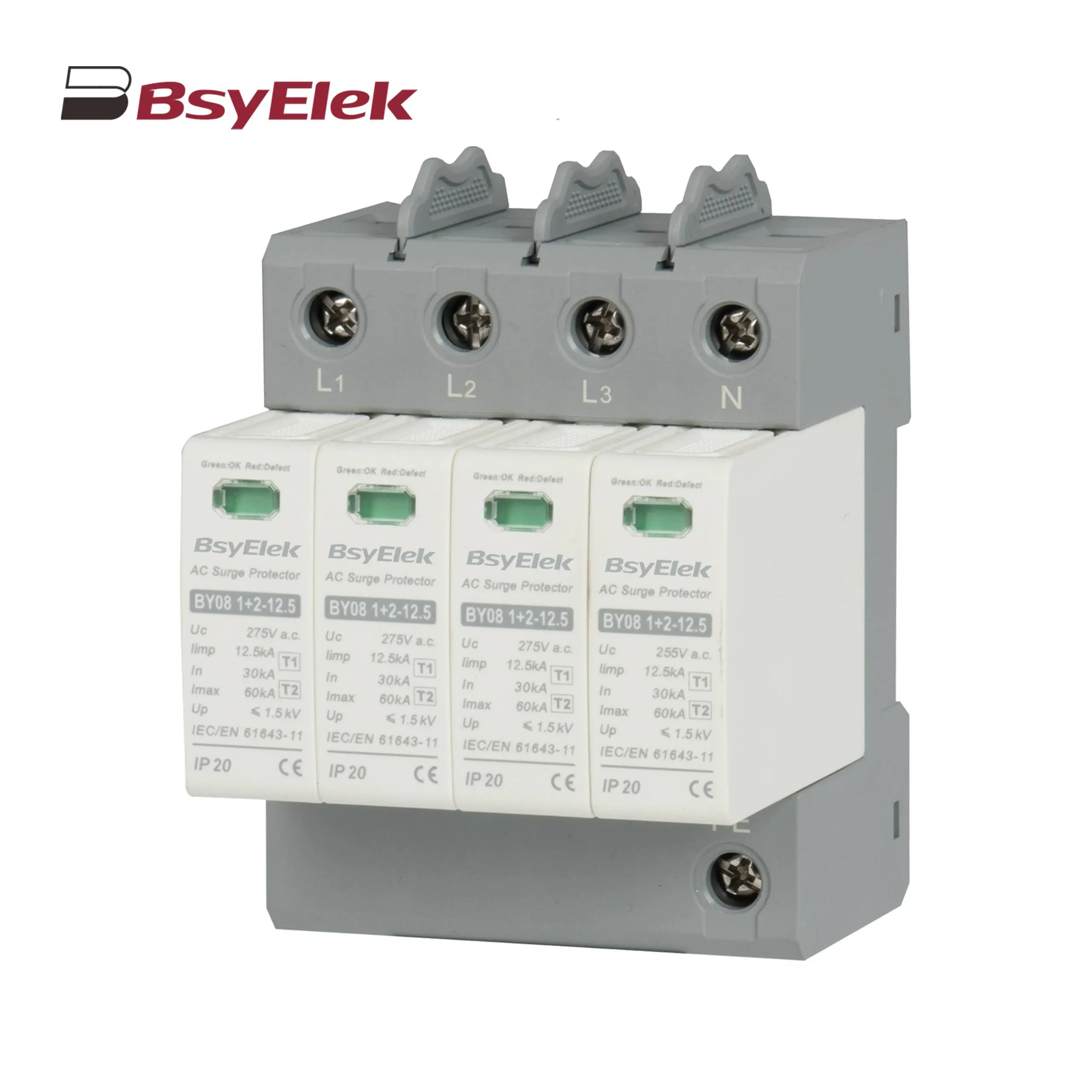 BY08 1+2-12.5 SPD Class T1+T2 Imax 60KA Surge Protective Device
BY08 1+2-12.5 SPD Class T1+T2 Imax 60KA Surge Protective Device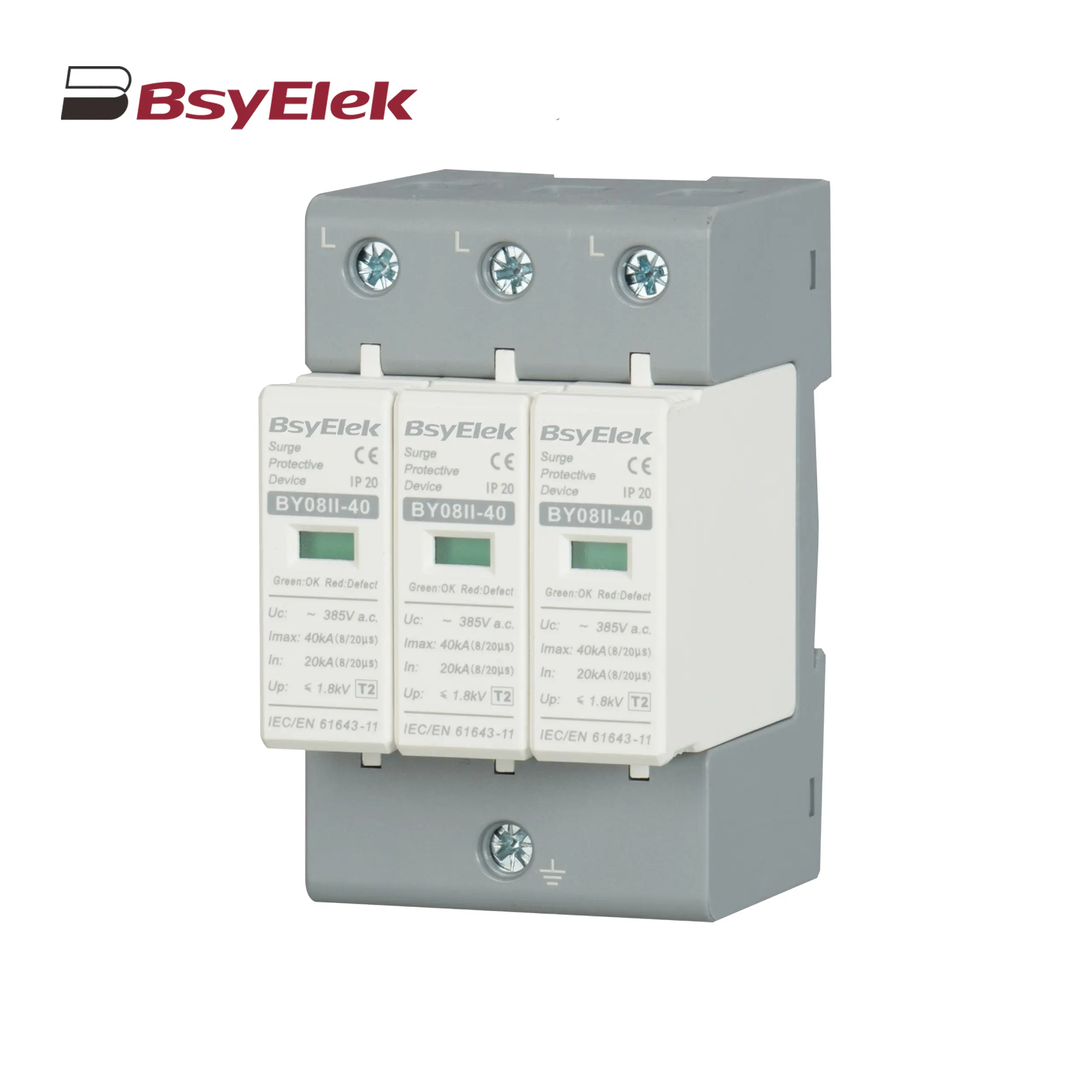 BY08II-40 SPD Class T2 Imax 40KA Surge Protective Device
BY08II-40 SPD Class T2 Imax 40KA Surge Protective Device BY19G 63A Manual Changeover Switch
BY19G 63A Manual Changeover Switch LWSF-125 125A Manual Changeover Switch
LWSF-125 125A Manual Changeover Switch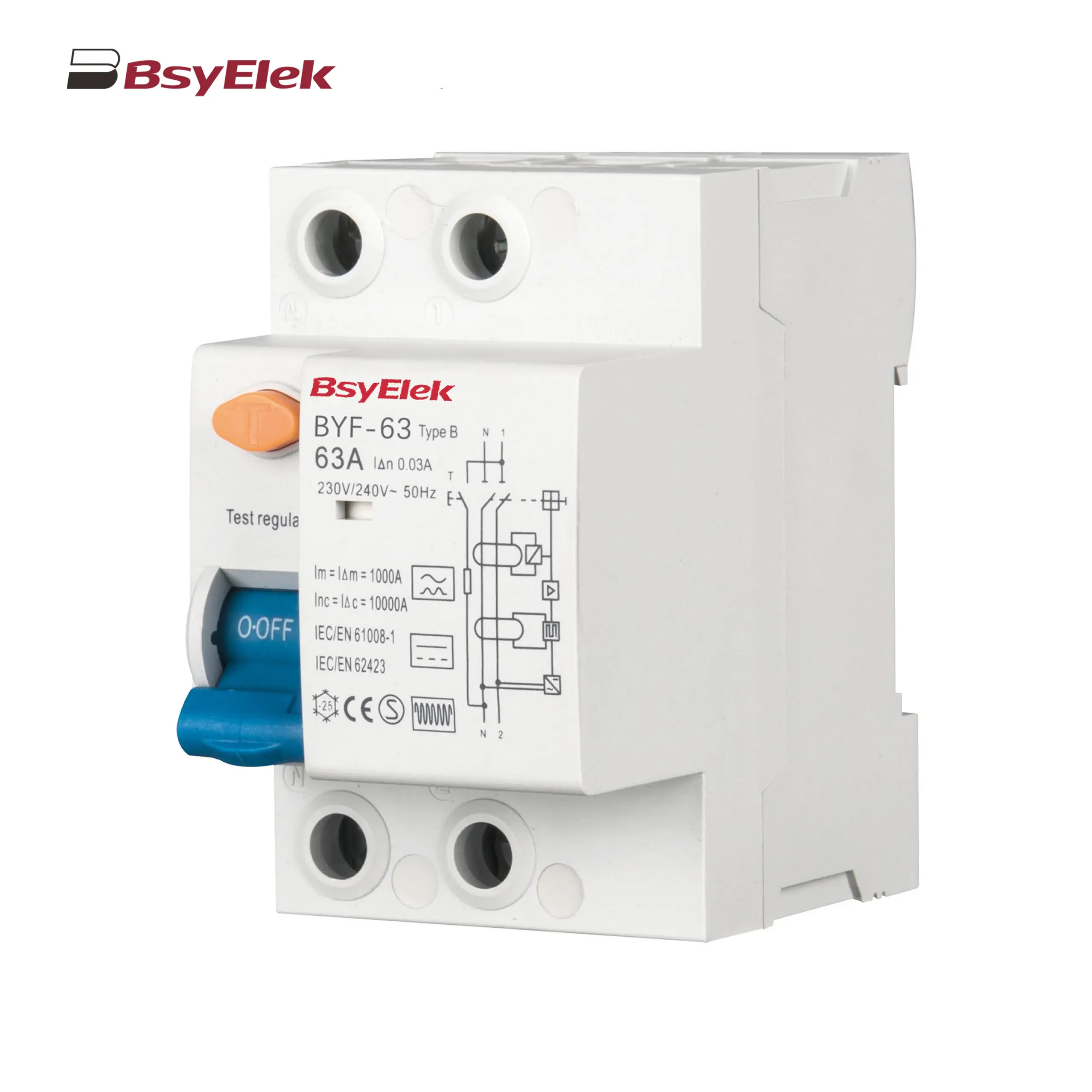 BYF-63 RCD 10KA Type B AC+A+Smoothing DC Residual Current Device
BYF-63 RCD 10KA Type B AC+A+Smoothing DC Residual Current Device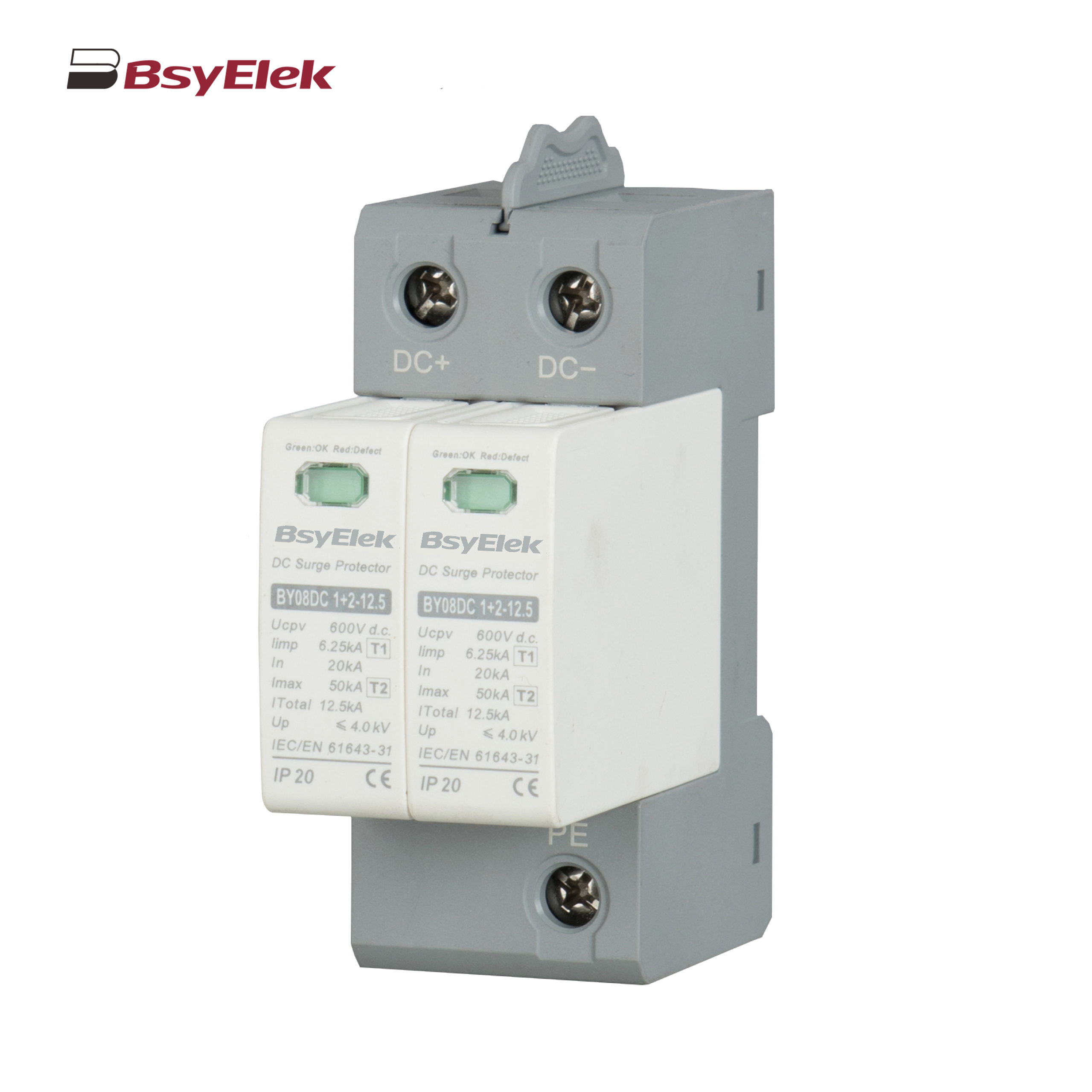 BY08DC 1+2-12.5 SPD Class T1+T2 40KA DC Surge Protective Device
BY08DC 1+2-12.5 SPD Class T1+T2 40KA DC Surge Protective Device BY08IIDC-40 SPD Class T2 40KA DC Surge Protective Device
BY08IIDC-40 SPD Class T2 40KA DC Surge Protective Device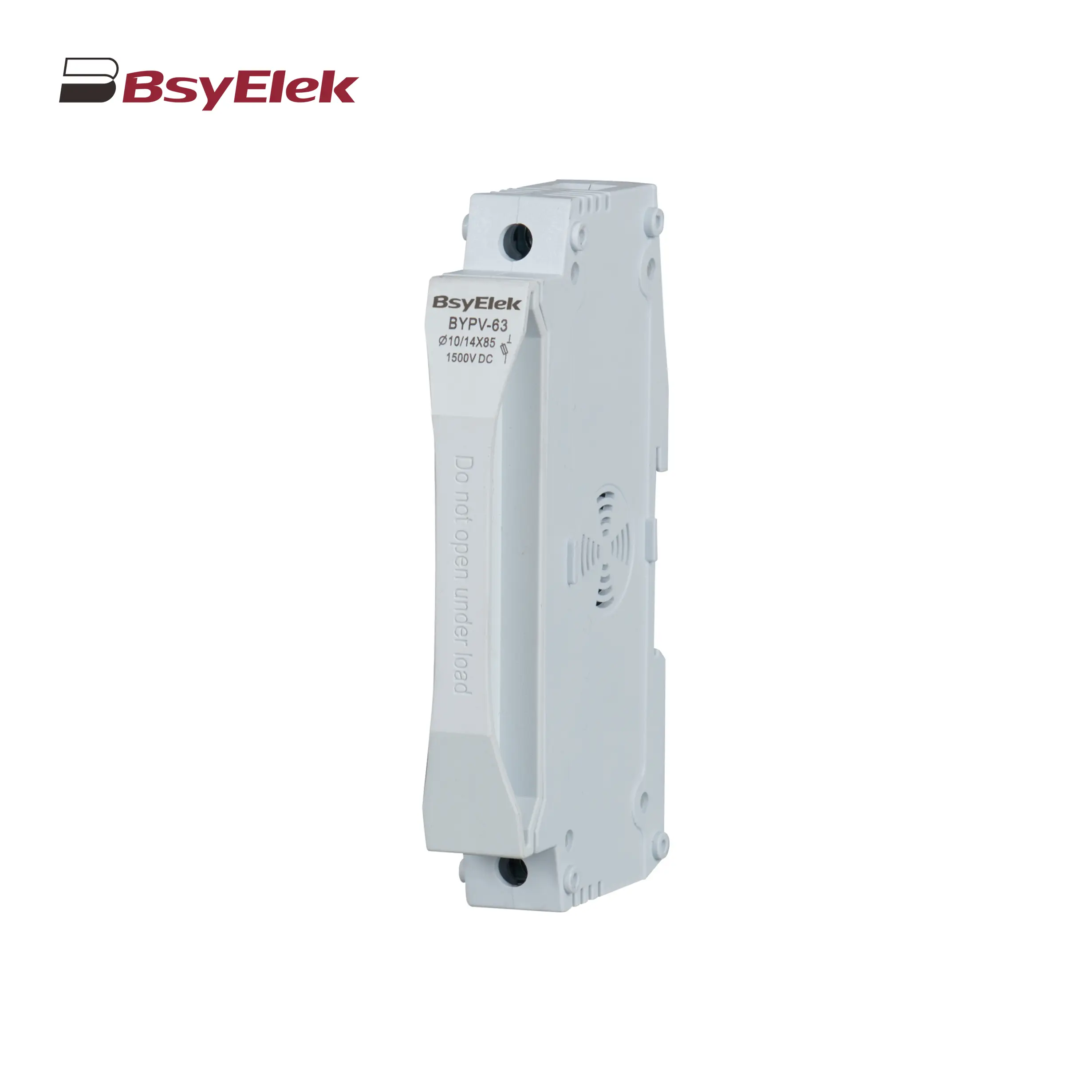 BYPV-63 1500VDC 50A Fuse Holder with 10x85mm 14x85mm Fuse Link
BYPV-63 1500VDC 50A Fuse Holder with 10x85mm 14x85mm Fuse Link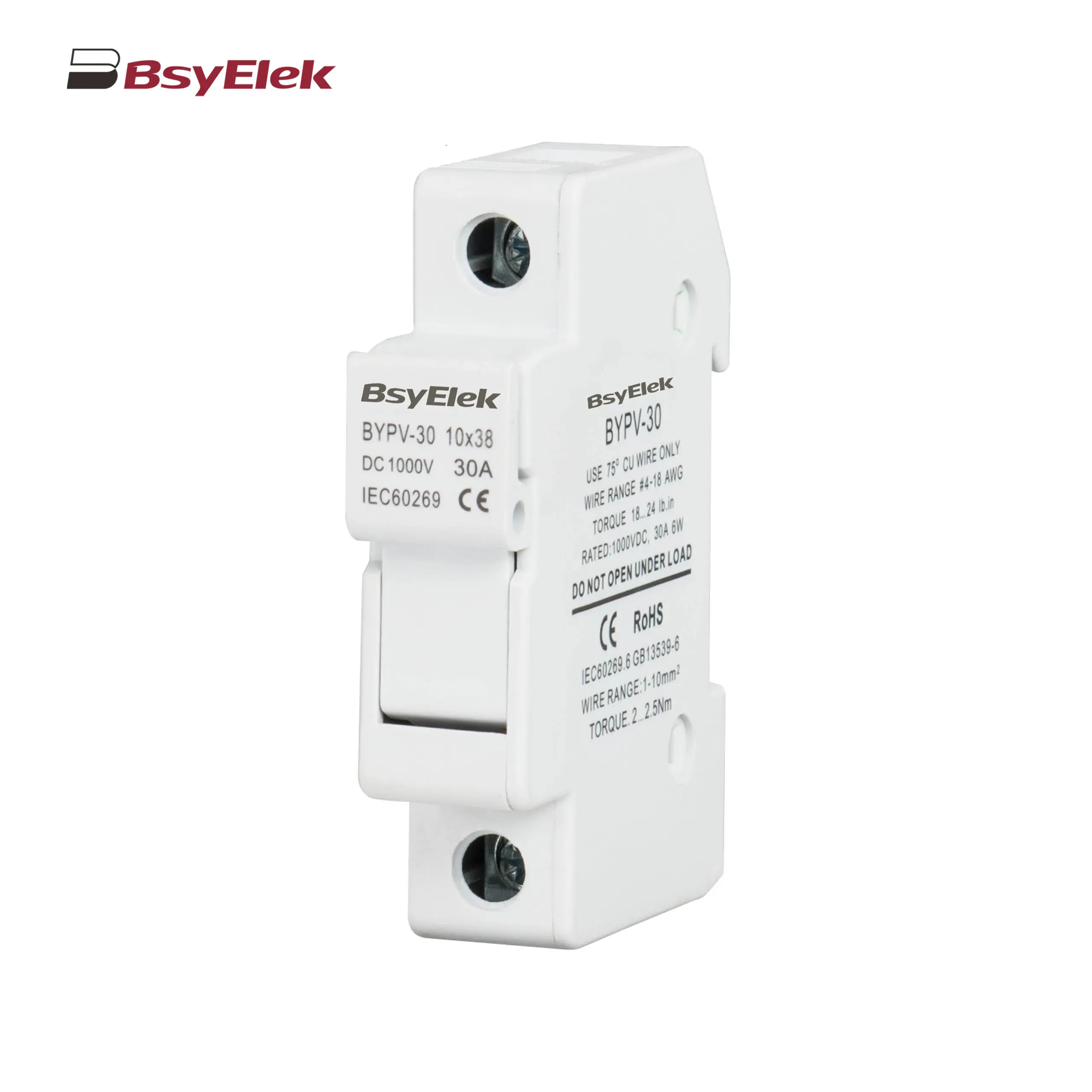 BYPV-30 1000VDC 32A Fuse Holder with 10x38mm Fuse Link
BYPV-30 1000VDC 32A Fuse Holder with 10x38mm Fuse Link BYPV-ELR2 PV Isolator Switch with Enclosed Version
BYPV-ELR2 PV Isolator Switch with Enclosed Version BYPV-ELR1 PV Isolator Switch with Enclosed Version
BYPV-ELR1 PV Isolator Switch with Enclosed Version BYPV-NL1/T PV Isolator Switch with Ultra-thin Lever Handle
BYPV-NL1/T PV Isolator Switch with Ultra-thin Lever Handle BYPV-NL1 PV Isolator Switch with Lever Handle
BYPV-NL1 PV Isolator Switch with Lever Handle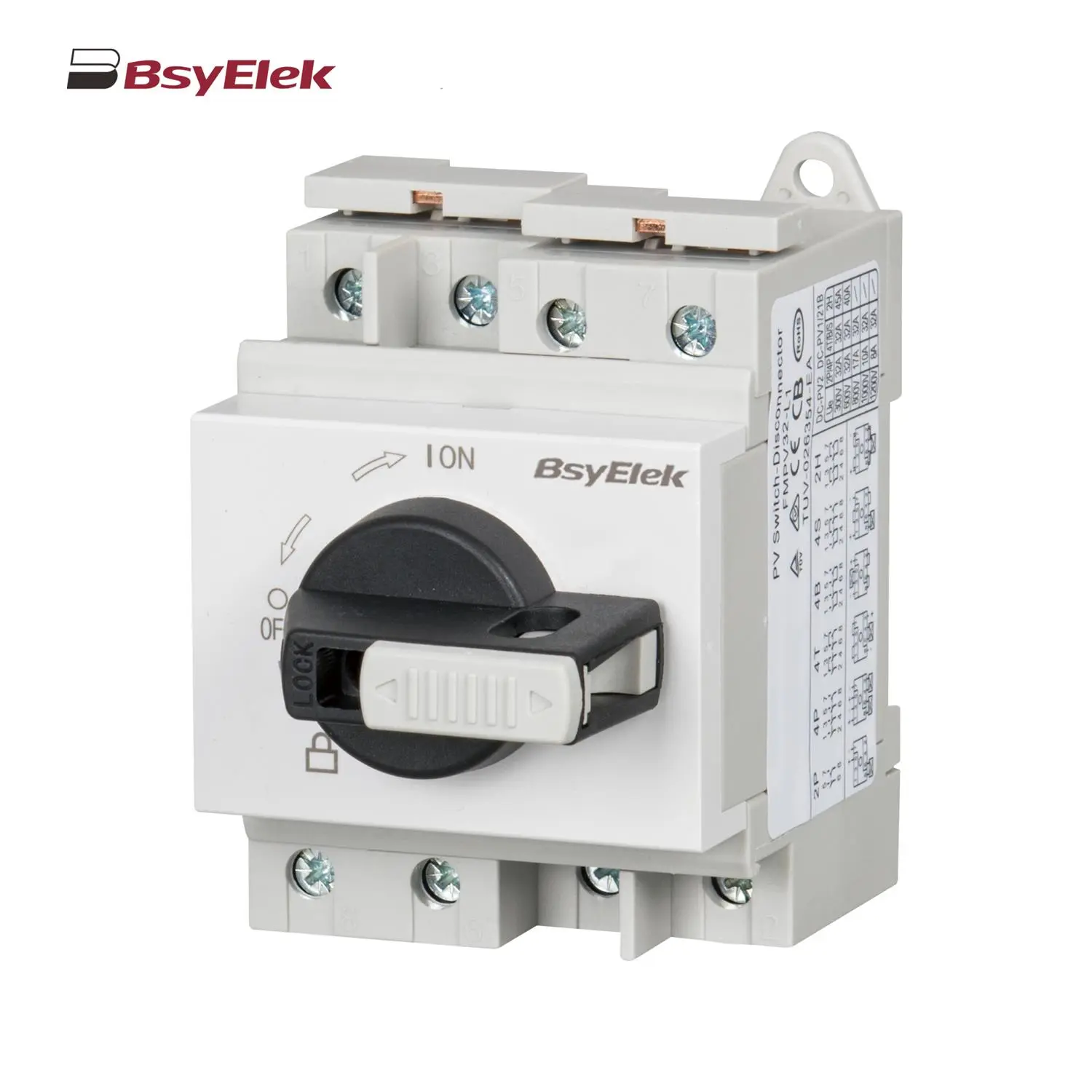 BYPV-L1/L2 PV Isolator Switch with Lockable Lever Handle
BYPV-L1/L2 PV Isolator Switch with Lockable Lever Handle PV-BY-01 30A/50A 1000V Photovoltaic Connector
PV-BY-01 30A/50A 1000V Photovoltaic Connector PV-BY-02 30A/50A 1500V Photovoltaic Connector
PV-BY-02 30A/50A 1500V Photovoltaic Connector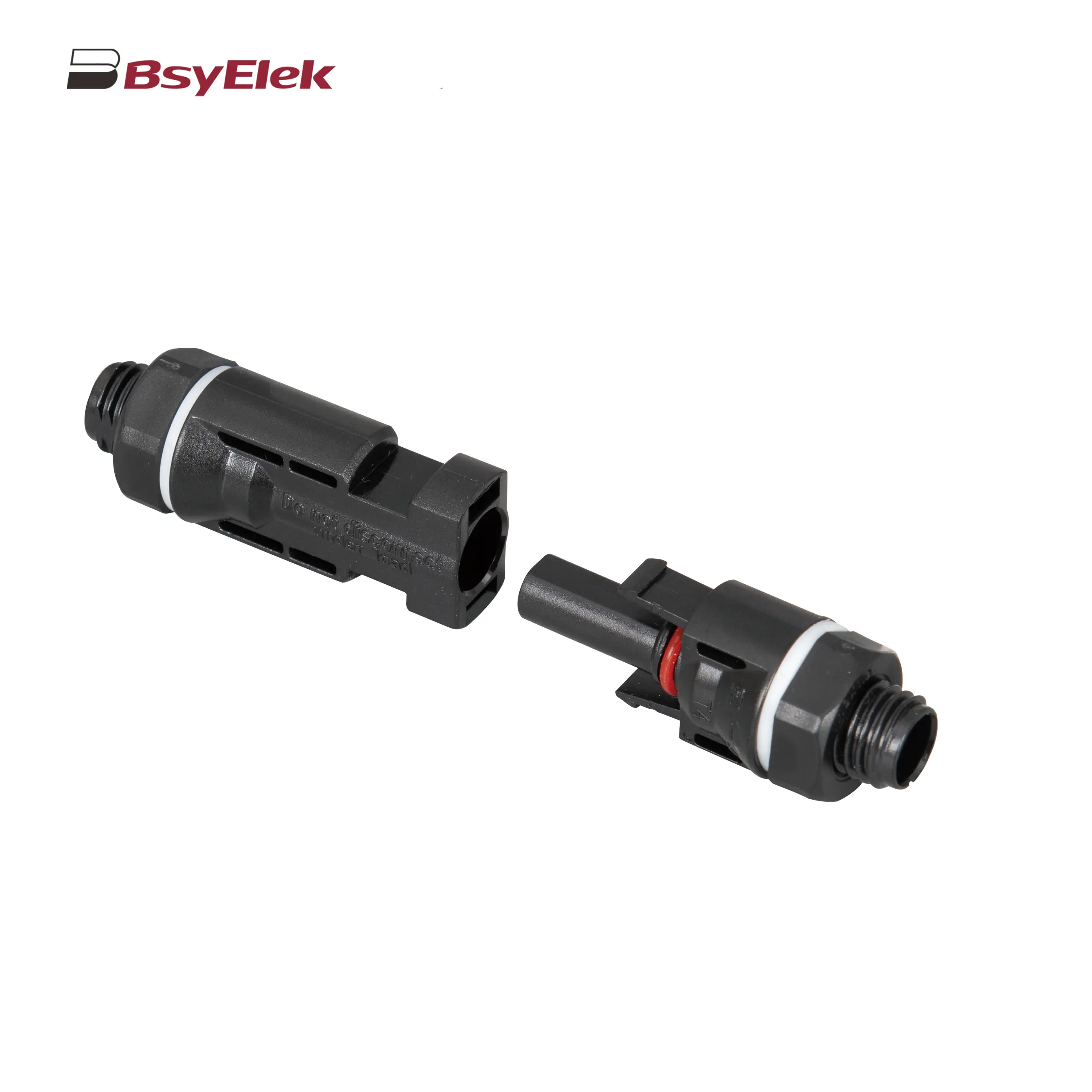 PV-BY-03 30A/50A 1000V Panel Mount Photovoltaic Connector
PV-BY-03 30A/50A 1000V Panel Mount Photovoltaic Connector PV-BY-F01 30A 1500V Diode/Fuse Type Connector
PV-BY-F01 30A 1500V Diode/Fuse Type Connector PV-BY-T 50A 1500V T Type Branch Connector
PV-BY-T 50A 1500V T Type Branch Connector PV-BY-Y 30A 1500V Y Type Branch Connector
PV-BY-Y 30A 1500V Y Type Branch Connector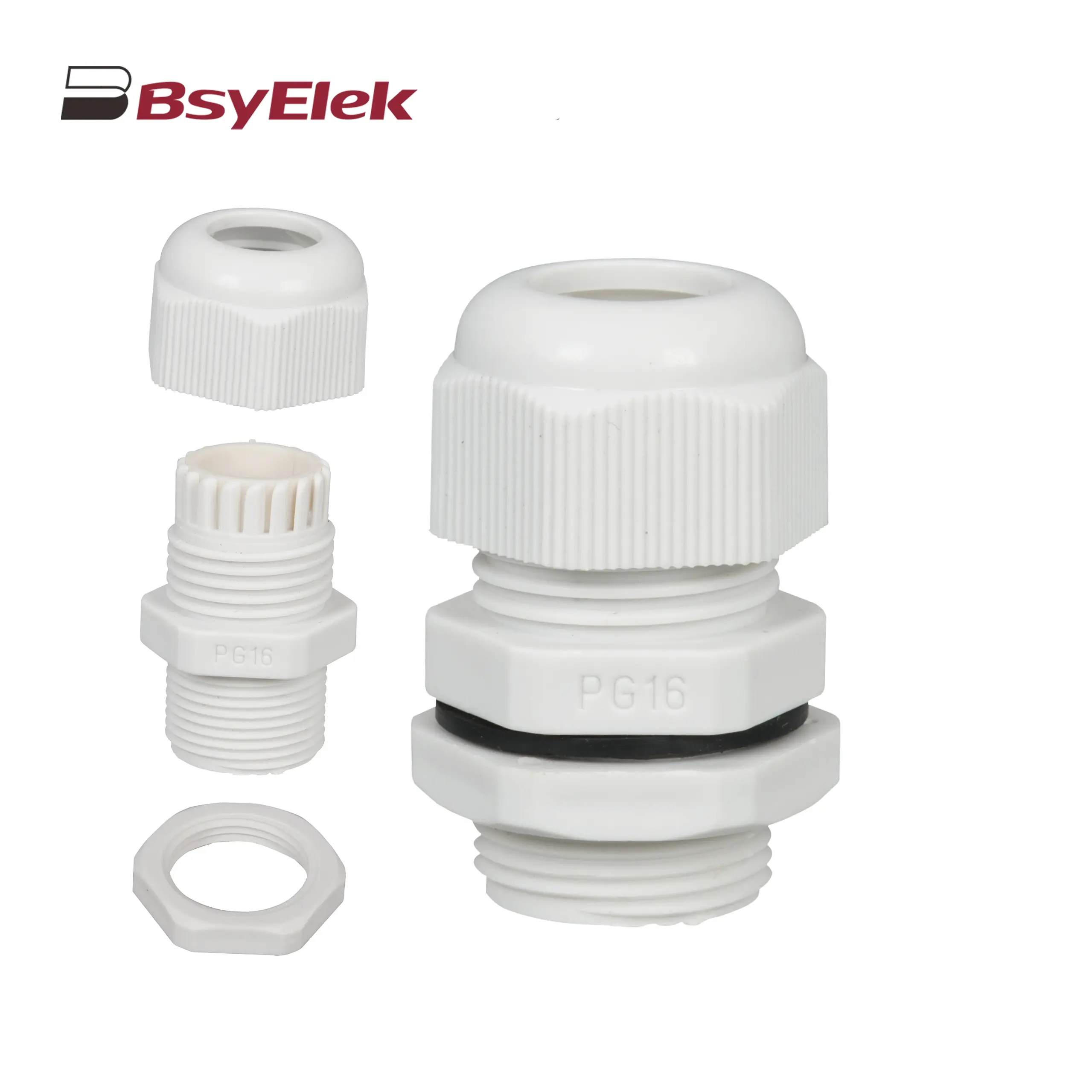 PG Waterproof Cable Gland with Washer
PG Waterproof Cable Gland with Washer Photovoltaic Cable
Photovoltaic Cable HD11N Photovoltaic Knife Switch
HD11N Photovoltaic Knife Switch BYM3DC MCCB Photovoltaic DC Molded Case Circuit Breaker
BYM3DC MCCB Photovoltaic DC Molded Case Circuit Breaker BYM1DC MCCB 1000VDC Thermal Magnetic Type DC Molded Case Circuit Breaker
BYM1DC MCCB 1000VDC Thermal Magnetic Type DC Molded Case Circuit Breaker BYM1E MCCB Electronic Type Molded Case Circuit Breaker
BYM1E MCCB Electronic Type Molded Case Circuit Breaker BYM1 MCCB Thermal Magnetic AC Molded Case Circuit Breaker
BYM1 MCCB Thermal Magnetic AC Molded Case Circuit Breaker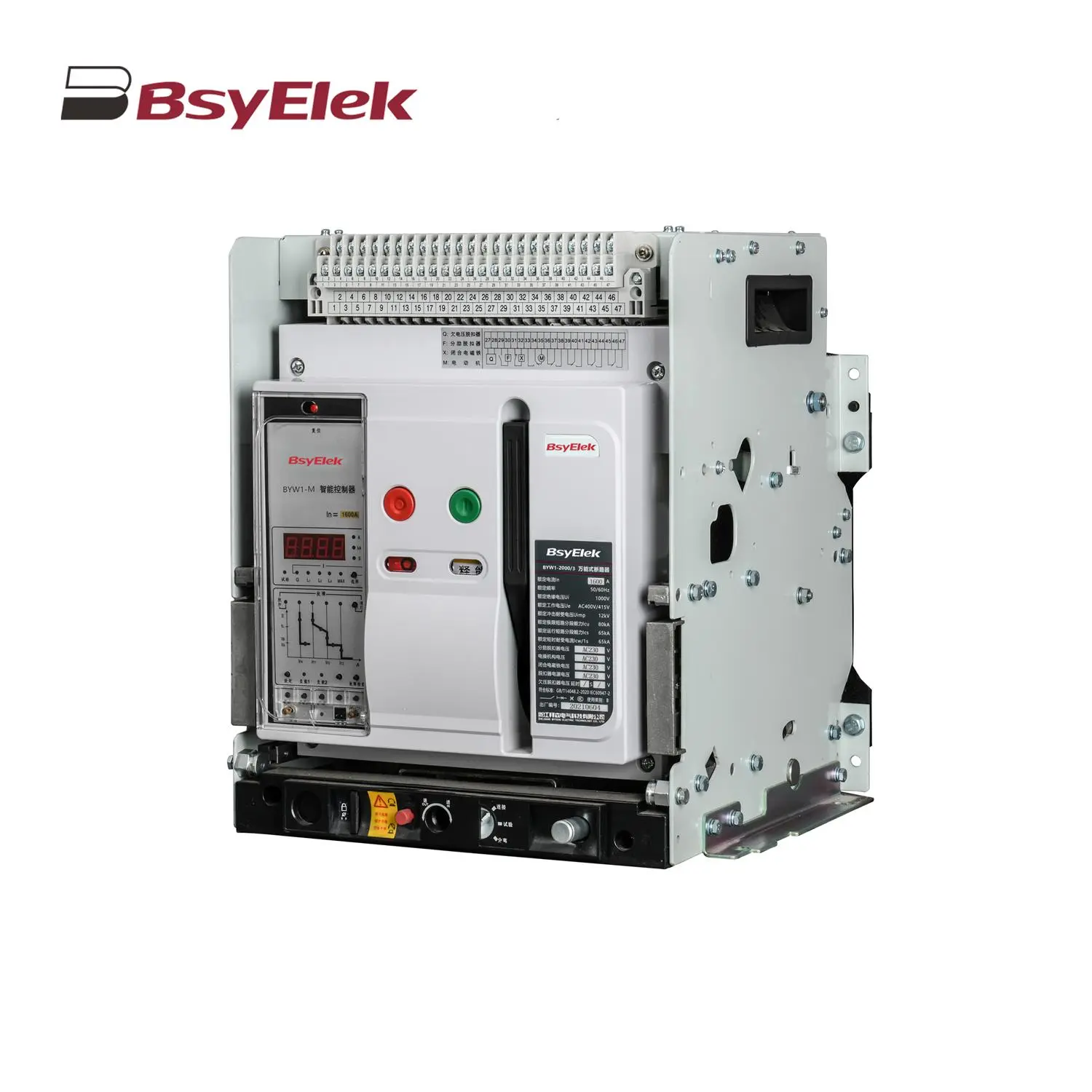 BYW1 ACB Intelligent Universal Air Circuit Breaker
BYW1 ACB Intelligent Universal Air Circuit Breaker BYQ1 ATS Isolated Type PC Level Dual Power Automatic Transfer Switch
BYQ1 ATS Isolated Type PC Level Dual Power Automatic Transfer Switch BYQ1 ATS Intelligent Type CB Level Dual Power Automatic Transfer Switch
BYQ1 ATS Intelligent Type CB Level Dual Power Automatic Transfer Switch BYQ1 ATS End Type CB Level Dual Power Automatic Transfer Switch
BYQ1 ATS End Type CB Level Dual Power Automatic Transfer Switch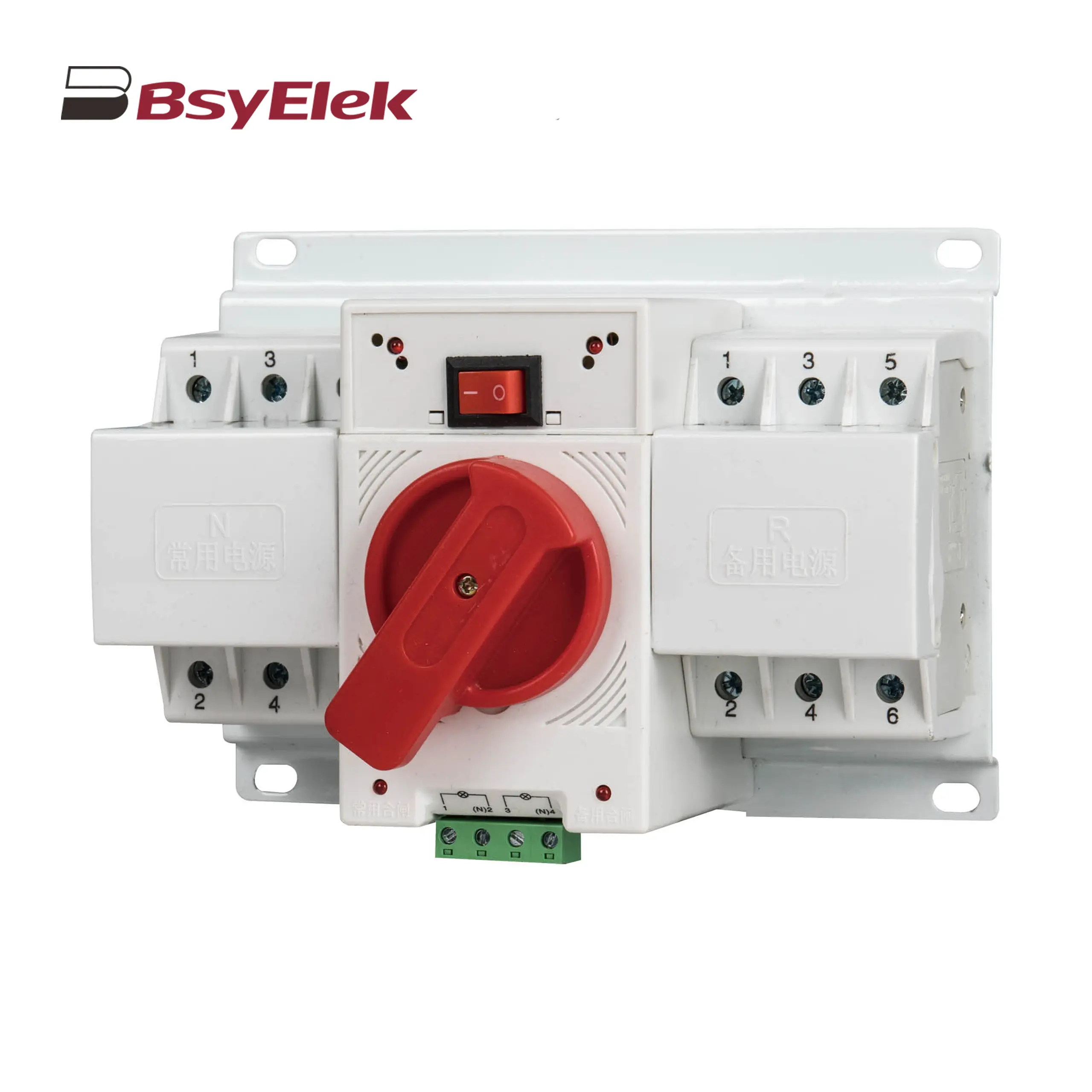 BYQ1 ATS Mini Type CB Level Dual Power Automatic Transfer Switch
BYQ1 ATS Mini Type CB Level Dual Power Automatic Transfer Switch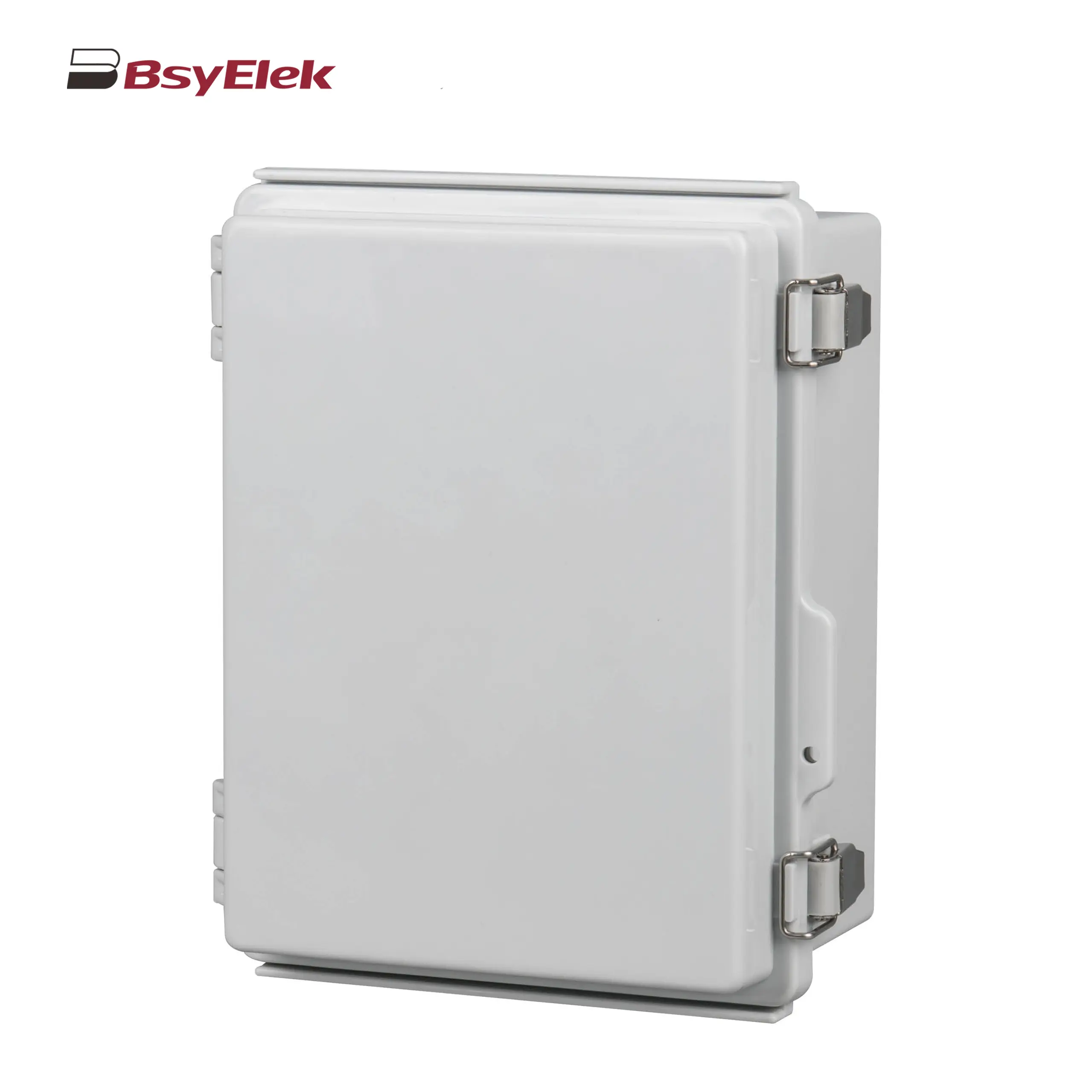 Stainless Steel Hinge Type Electrical Box
Stainless Steel Hinge Type Electrical Box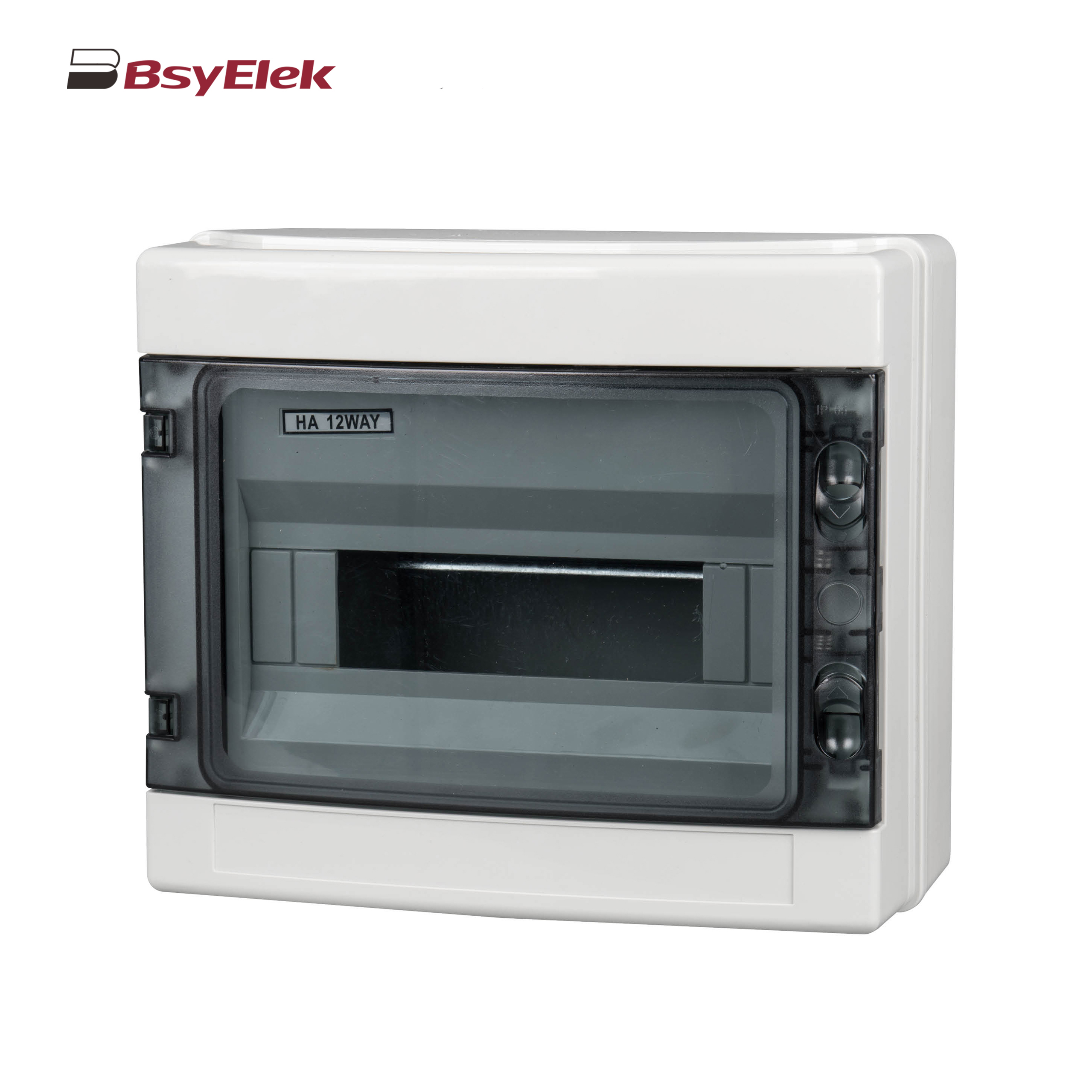 HA Waterproof Distribution Box
HA Waterproof Distribution Box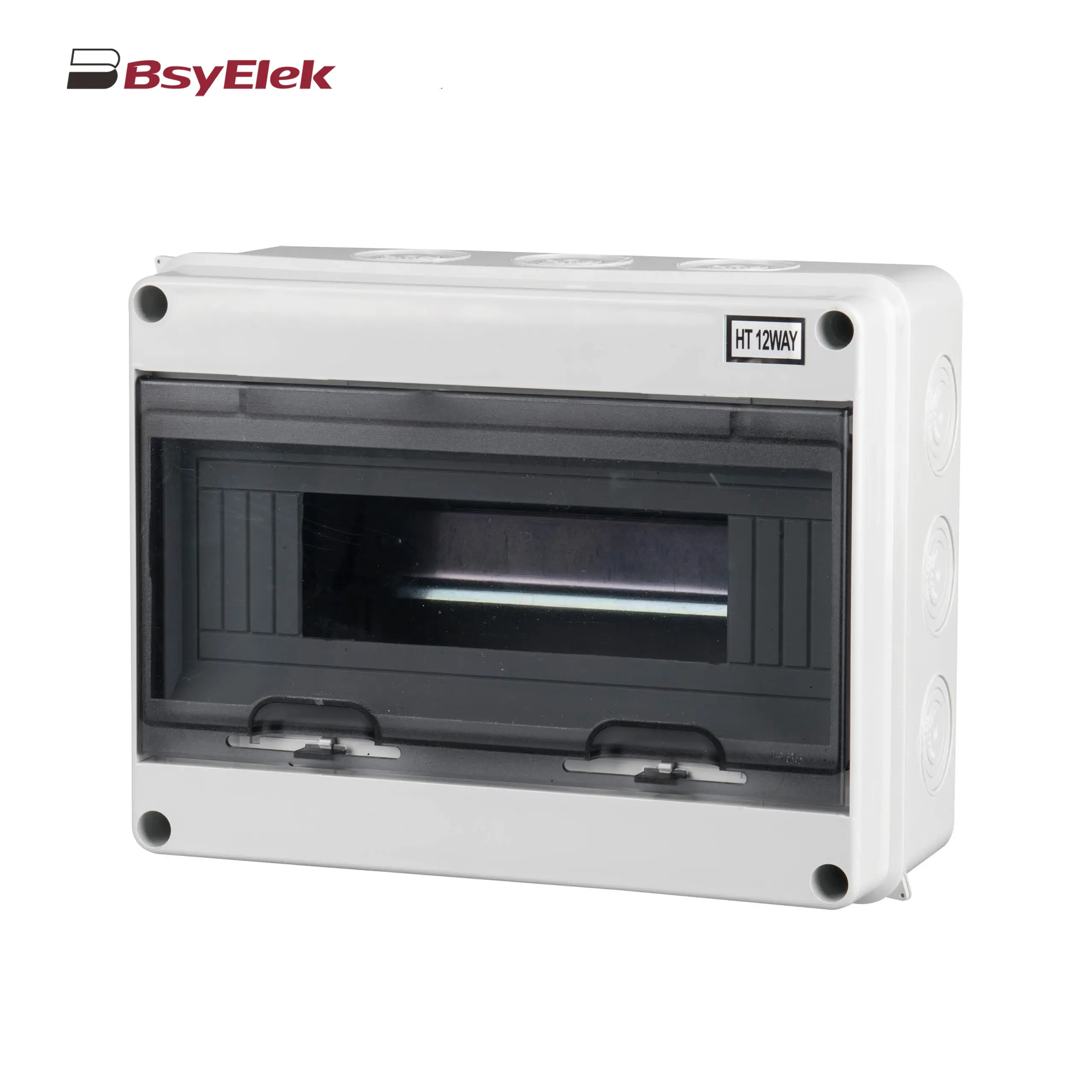 HT Waterproof Distribution Box
HT Waterproof Distribution Box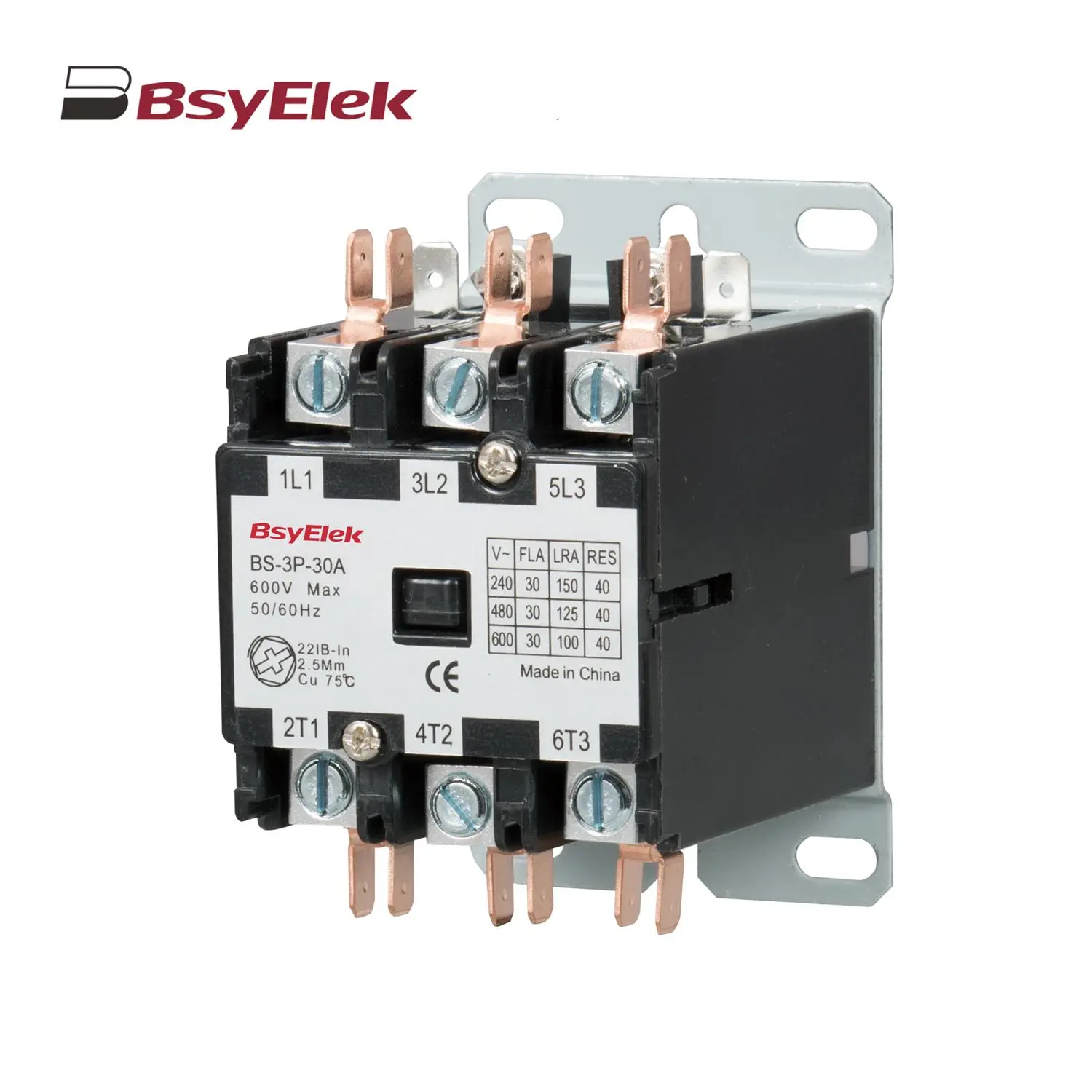 BS Definite Purpose Magnetic AC Contactor
BS Definite Purpose Magnetic AC Contactor

